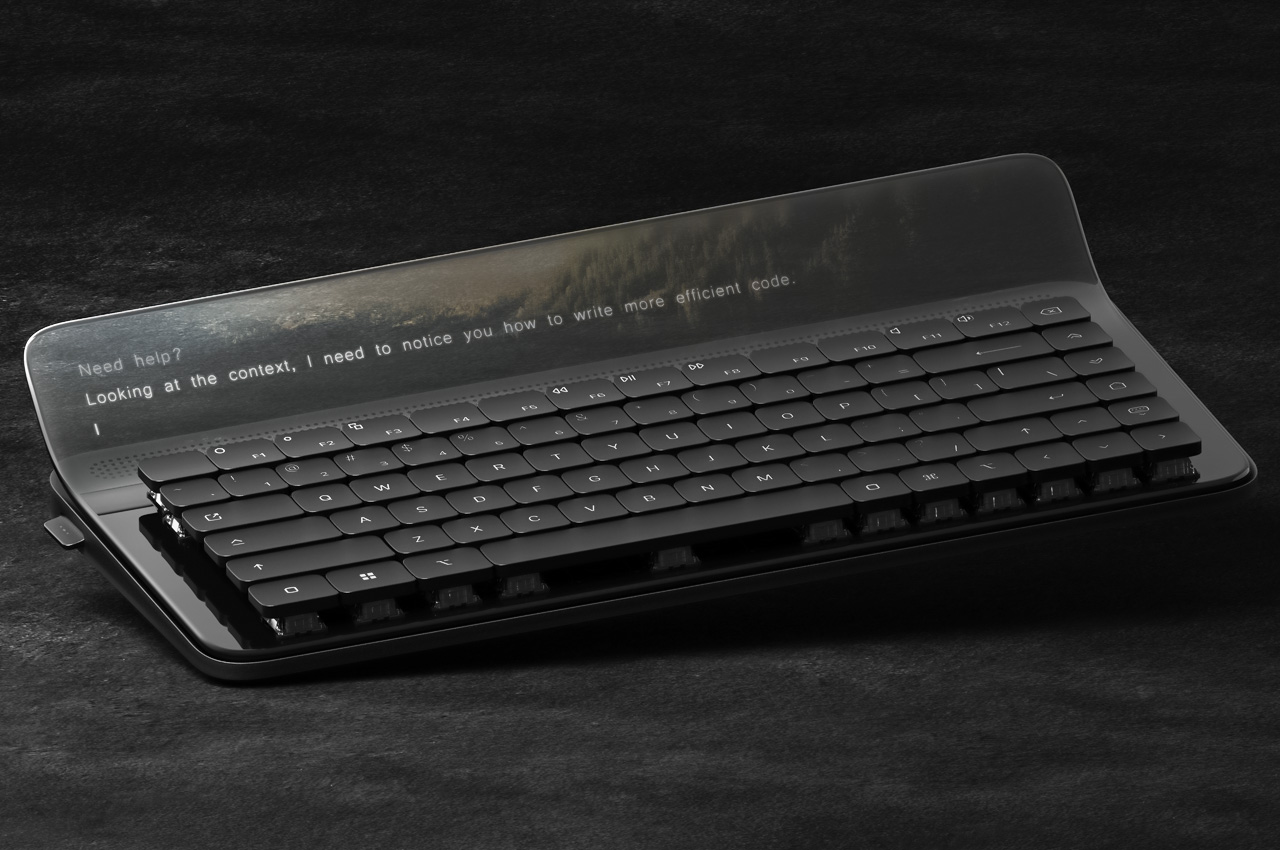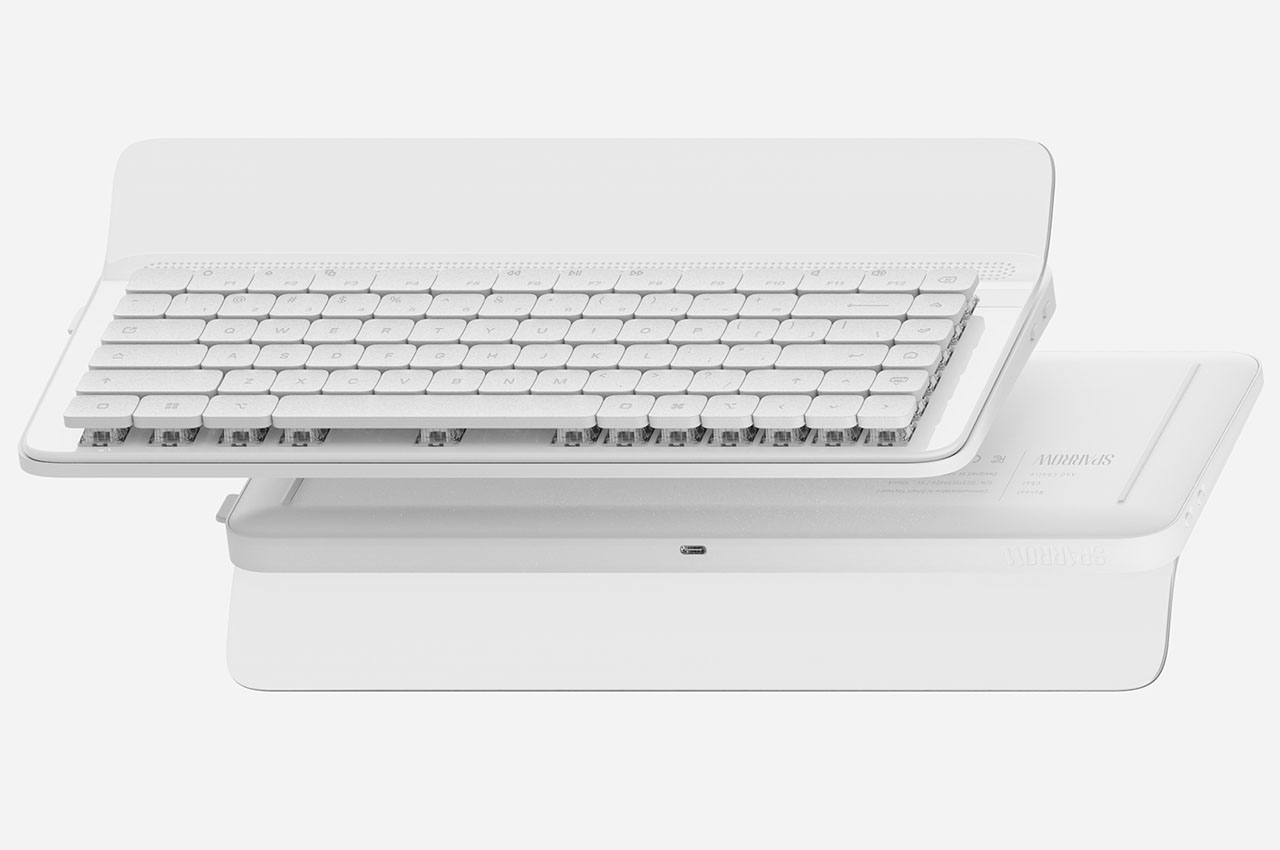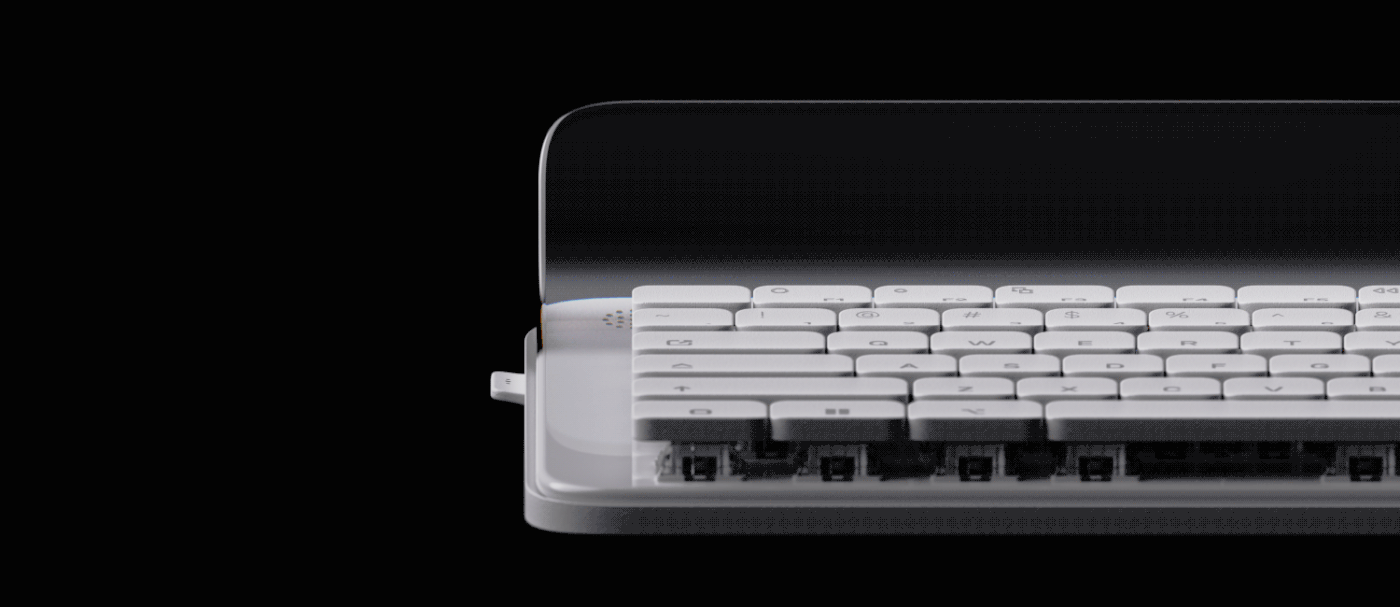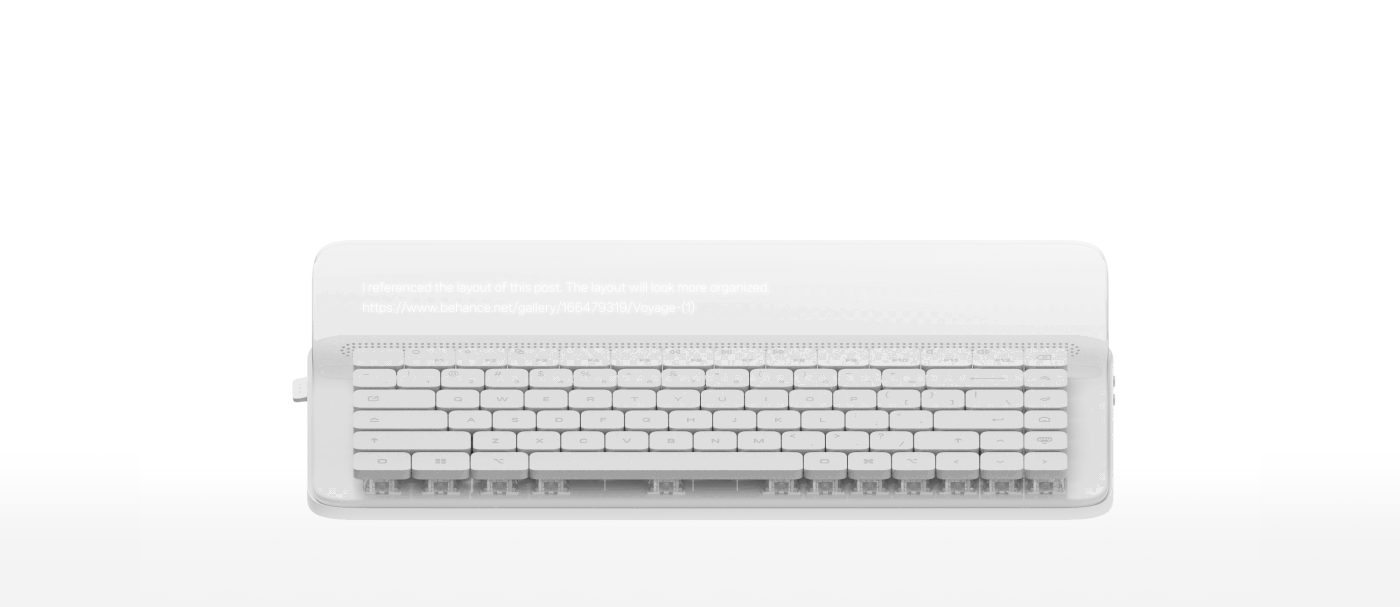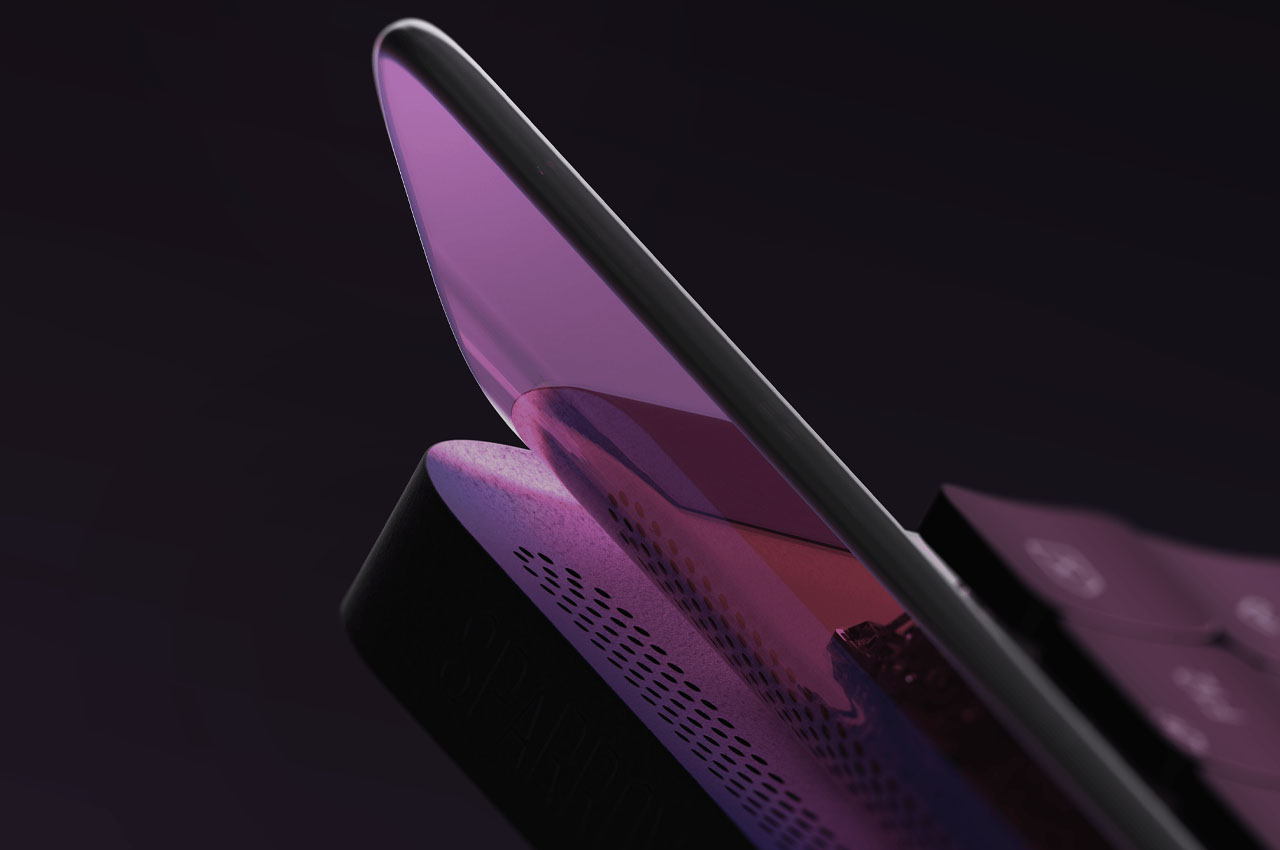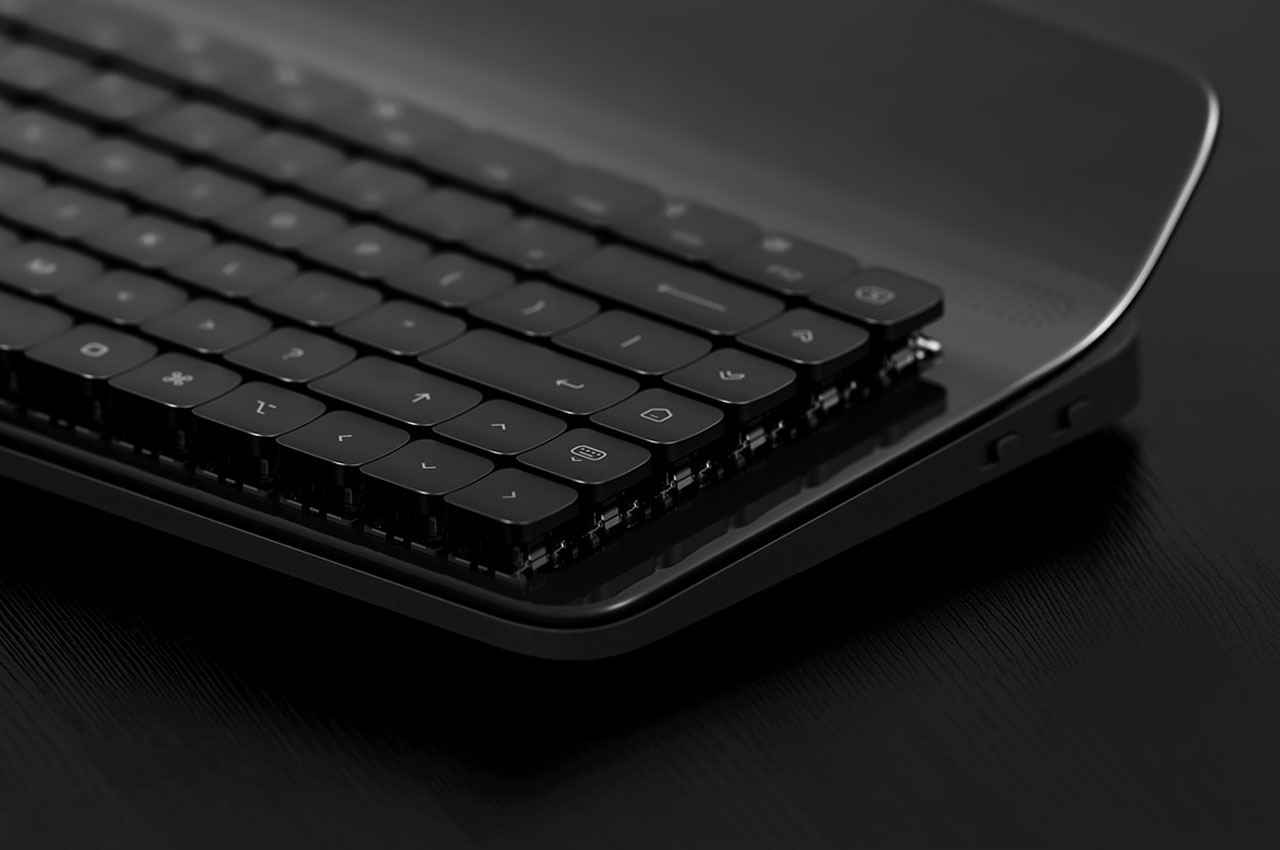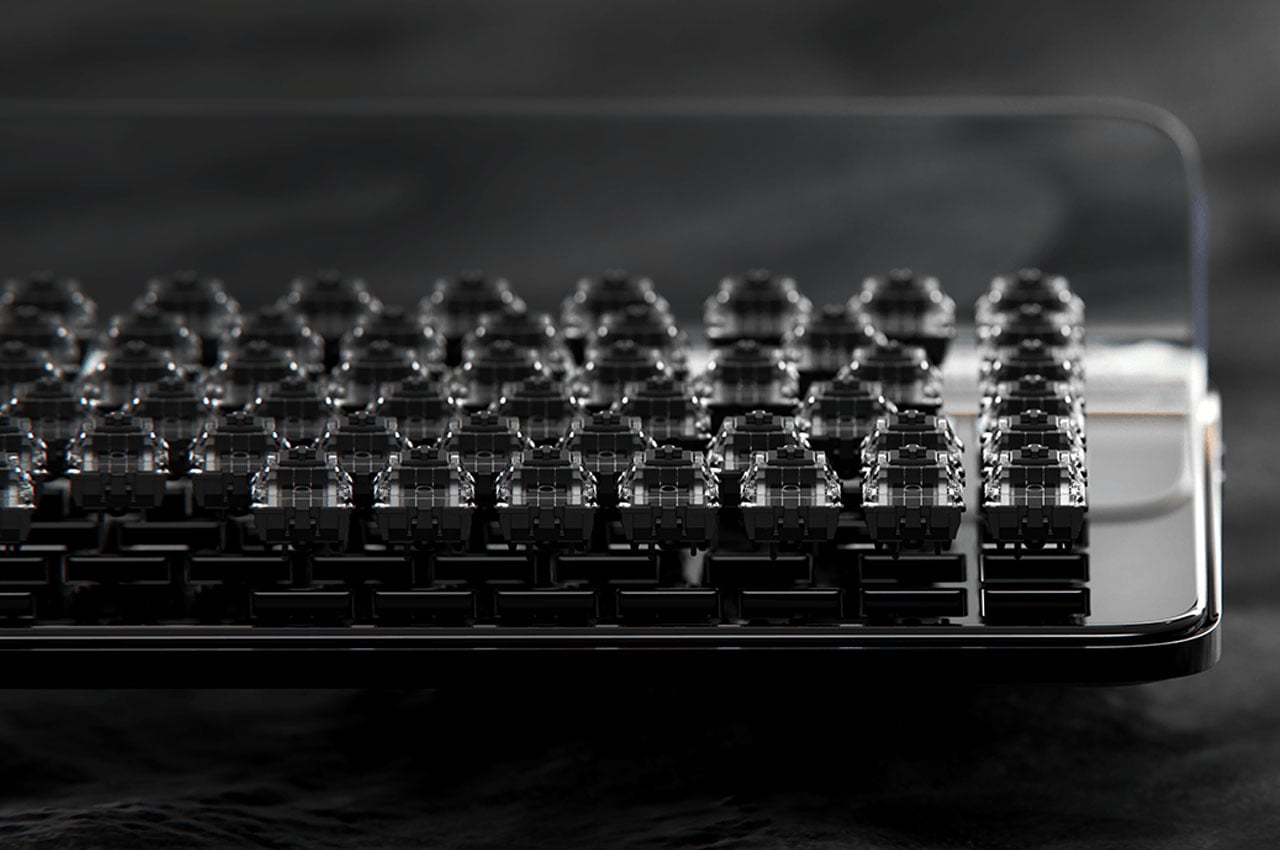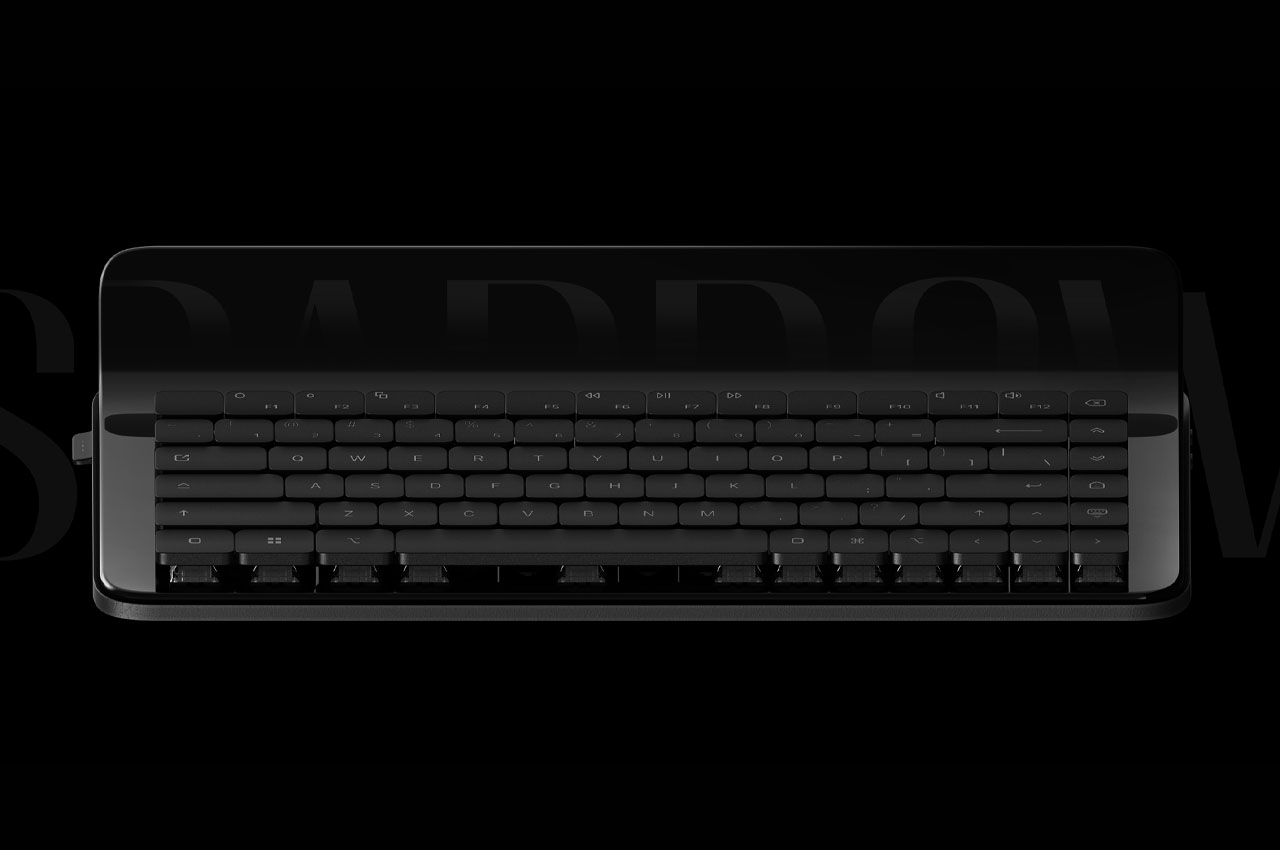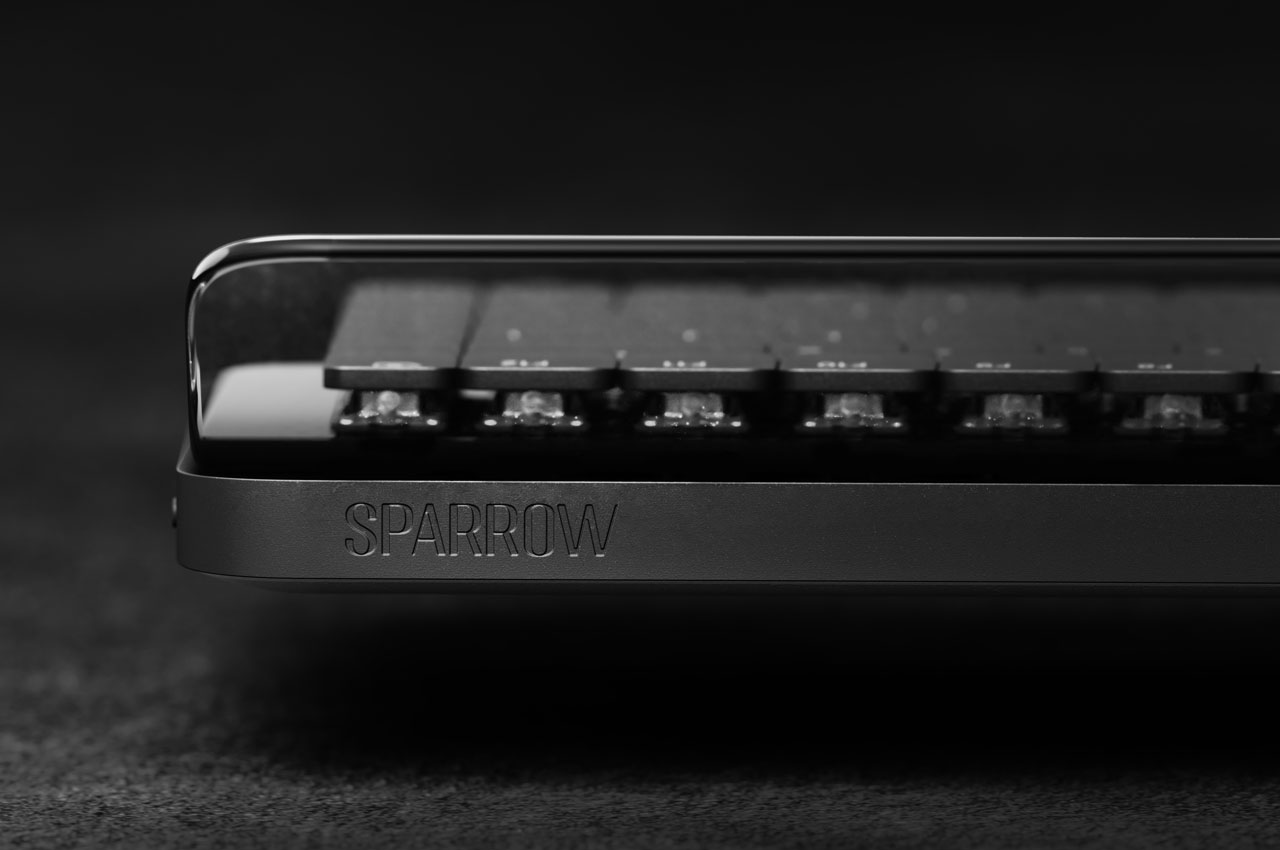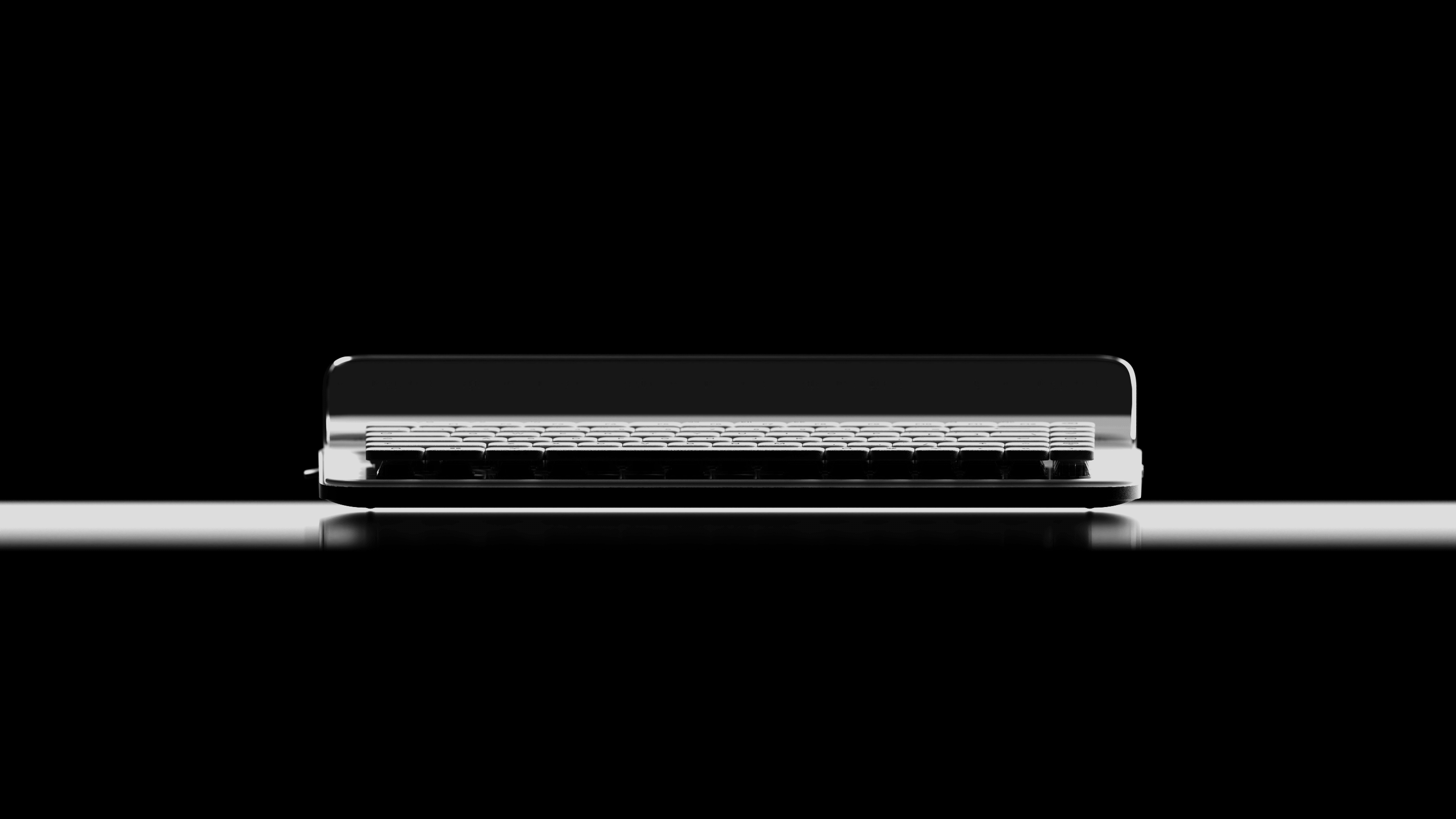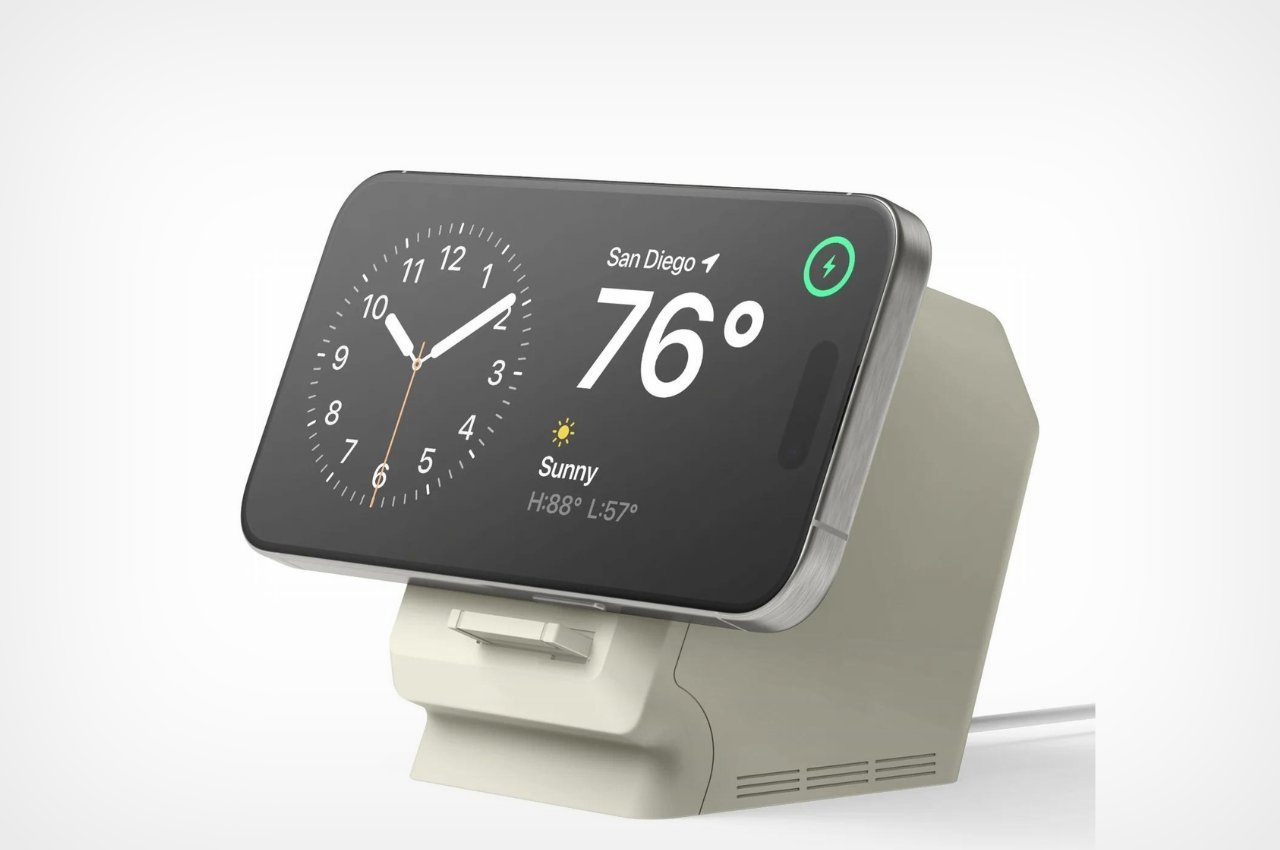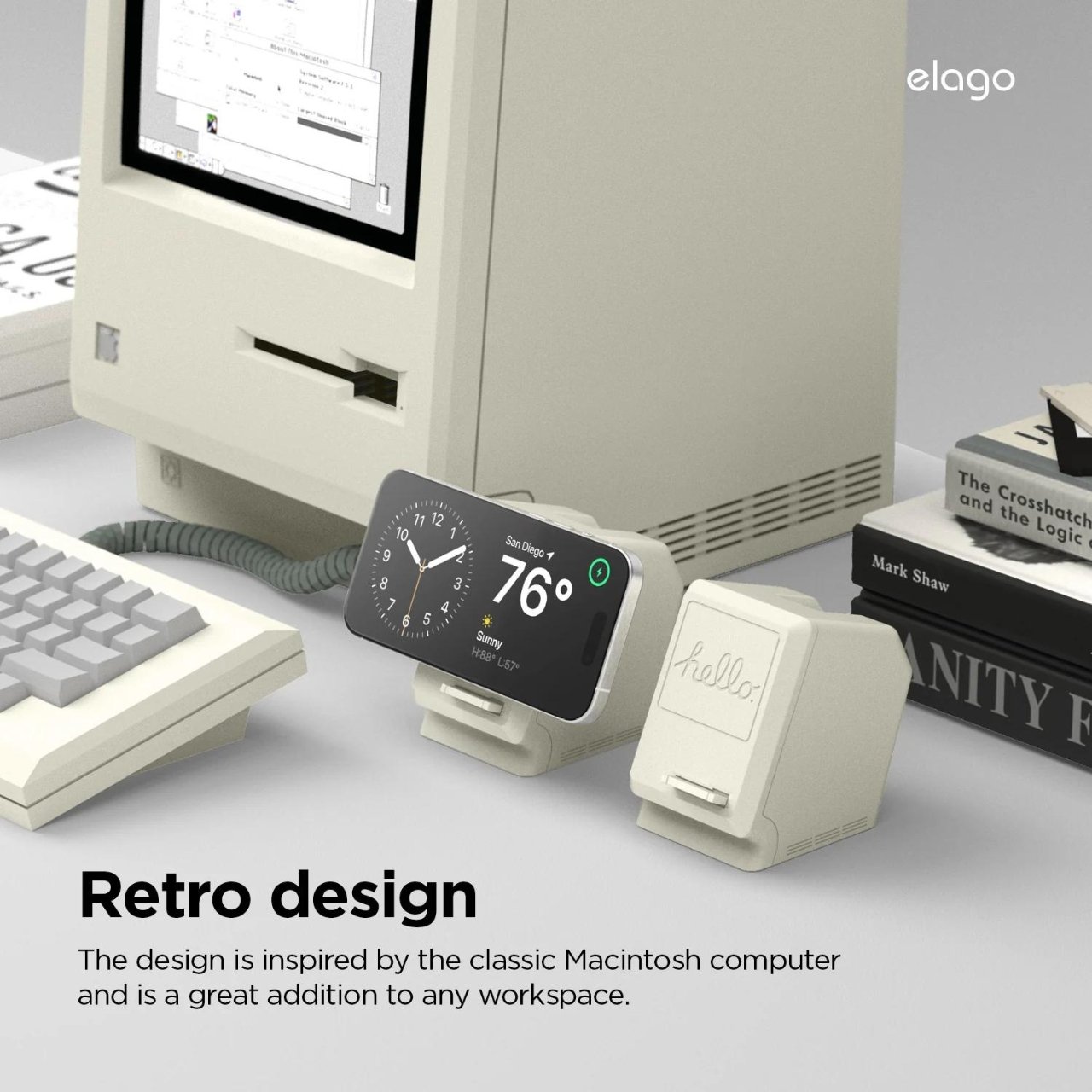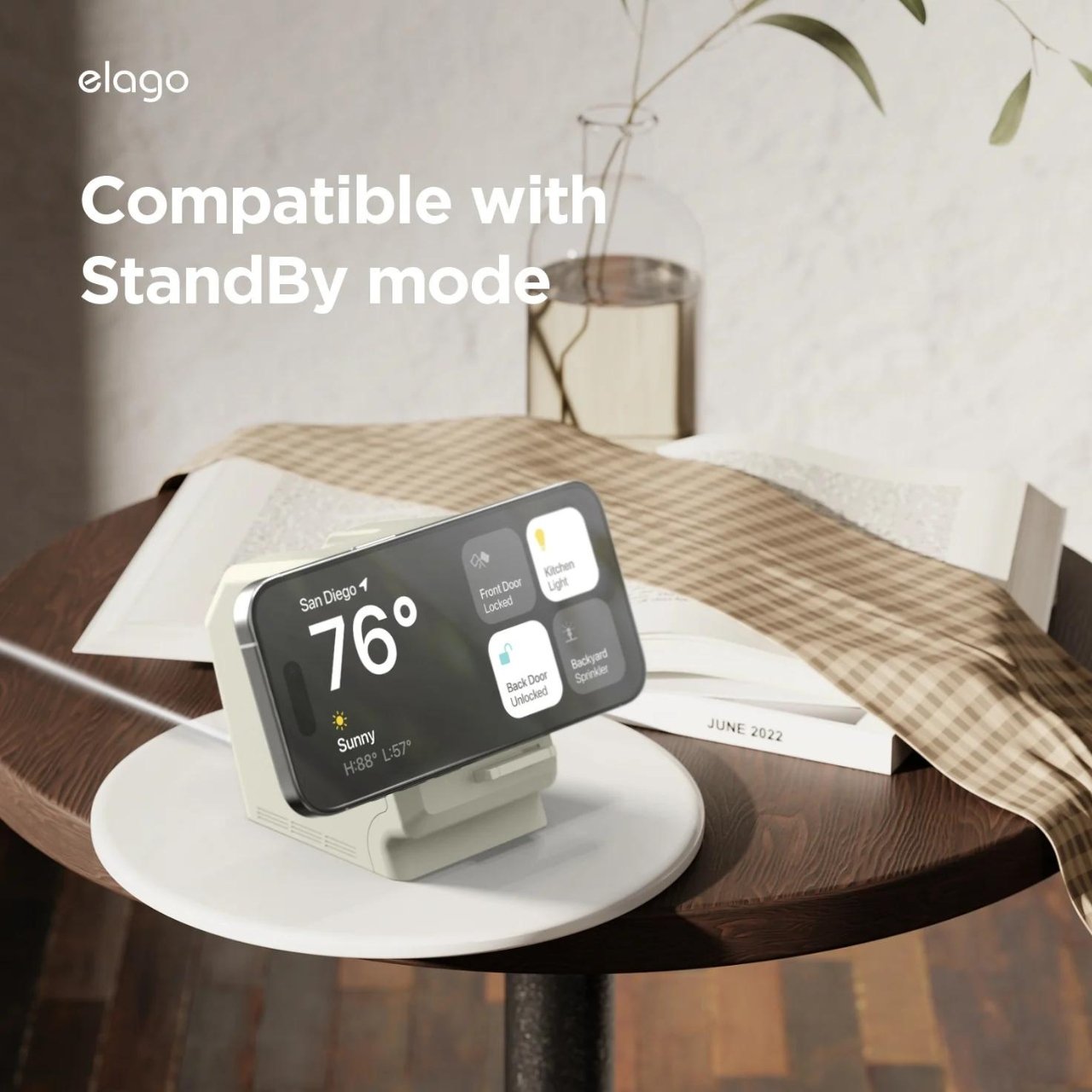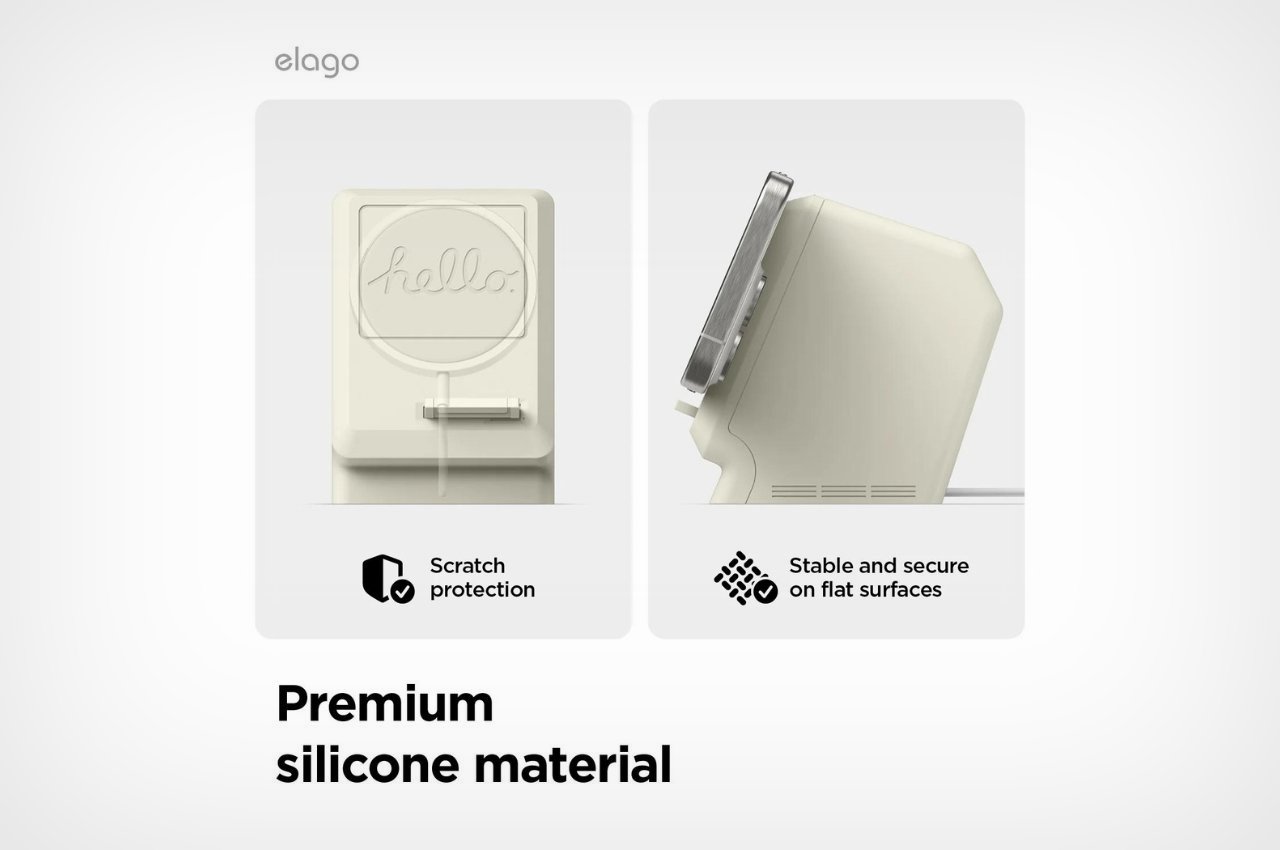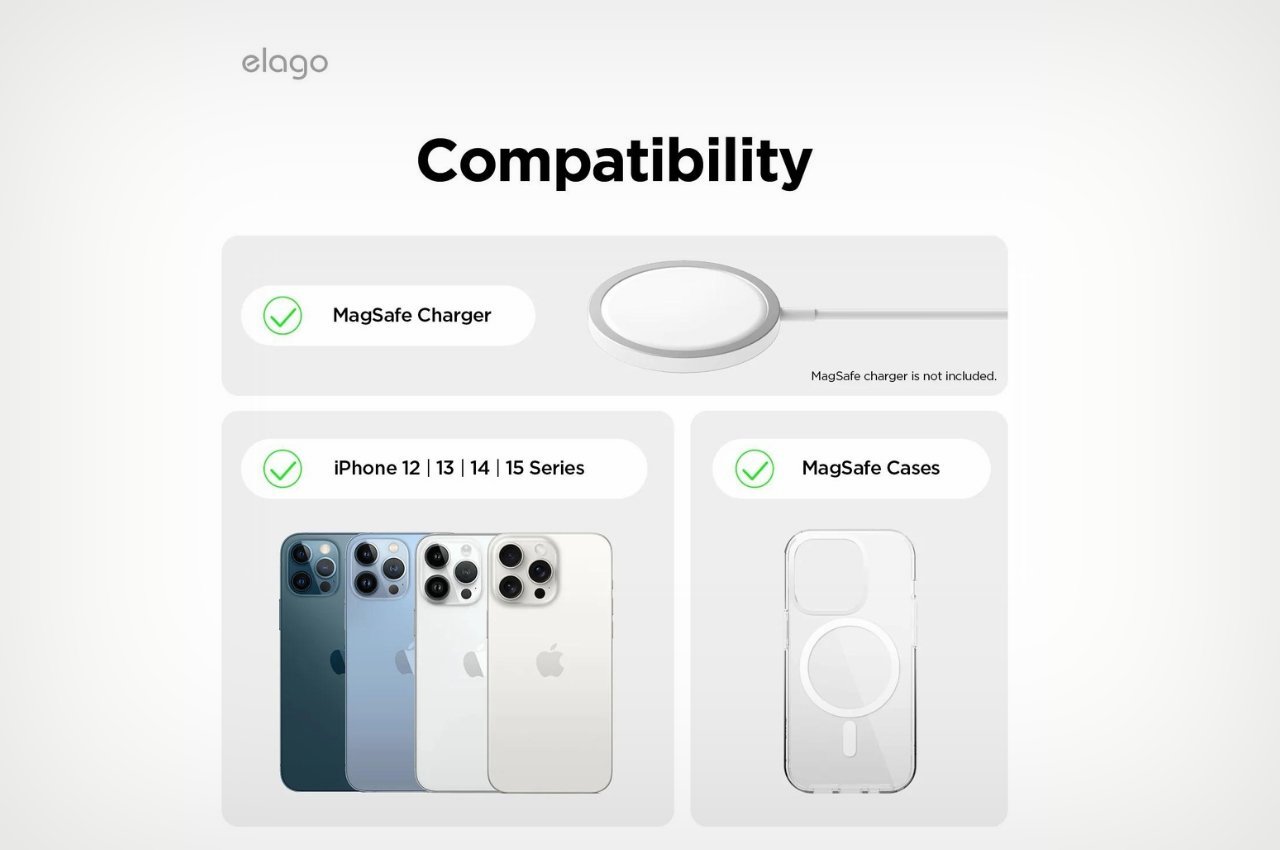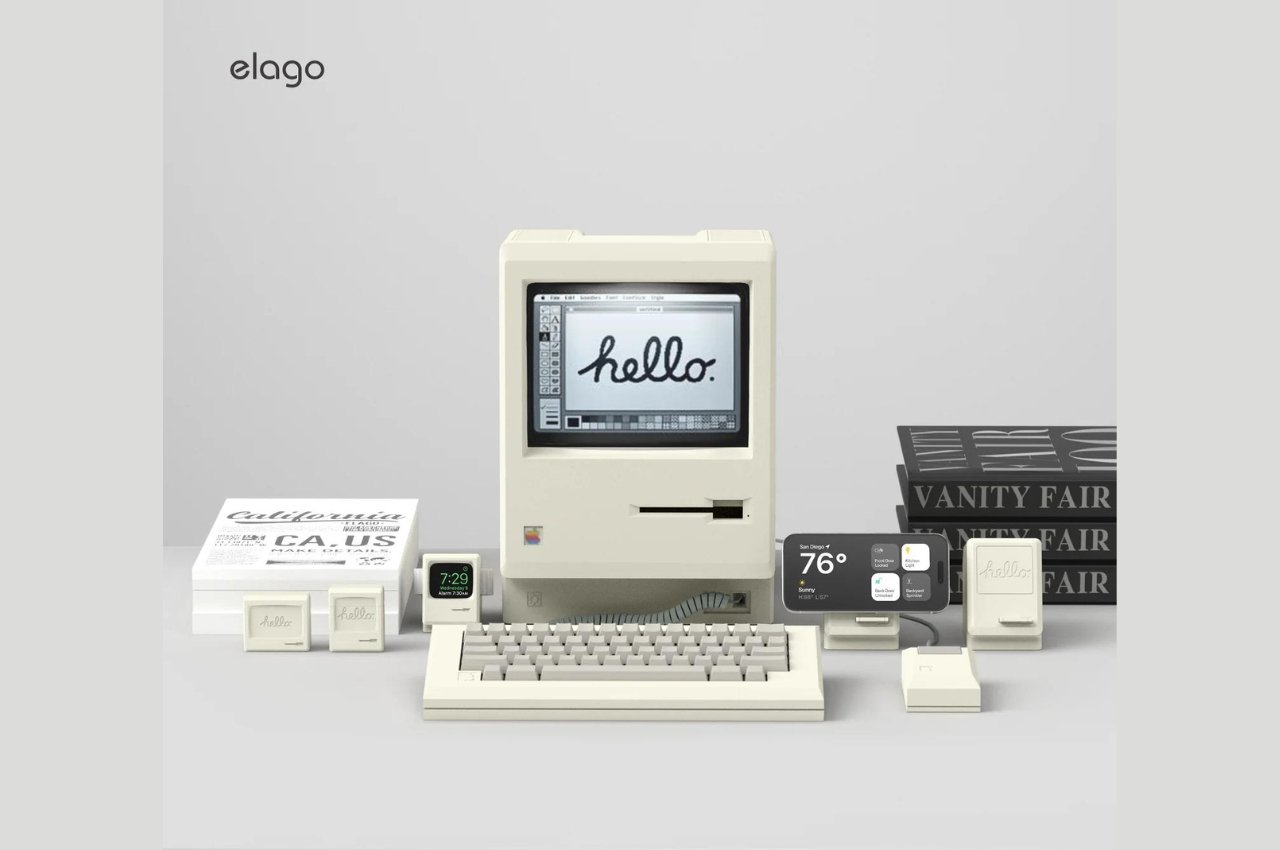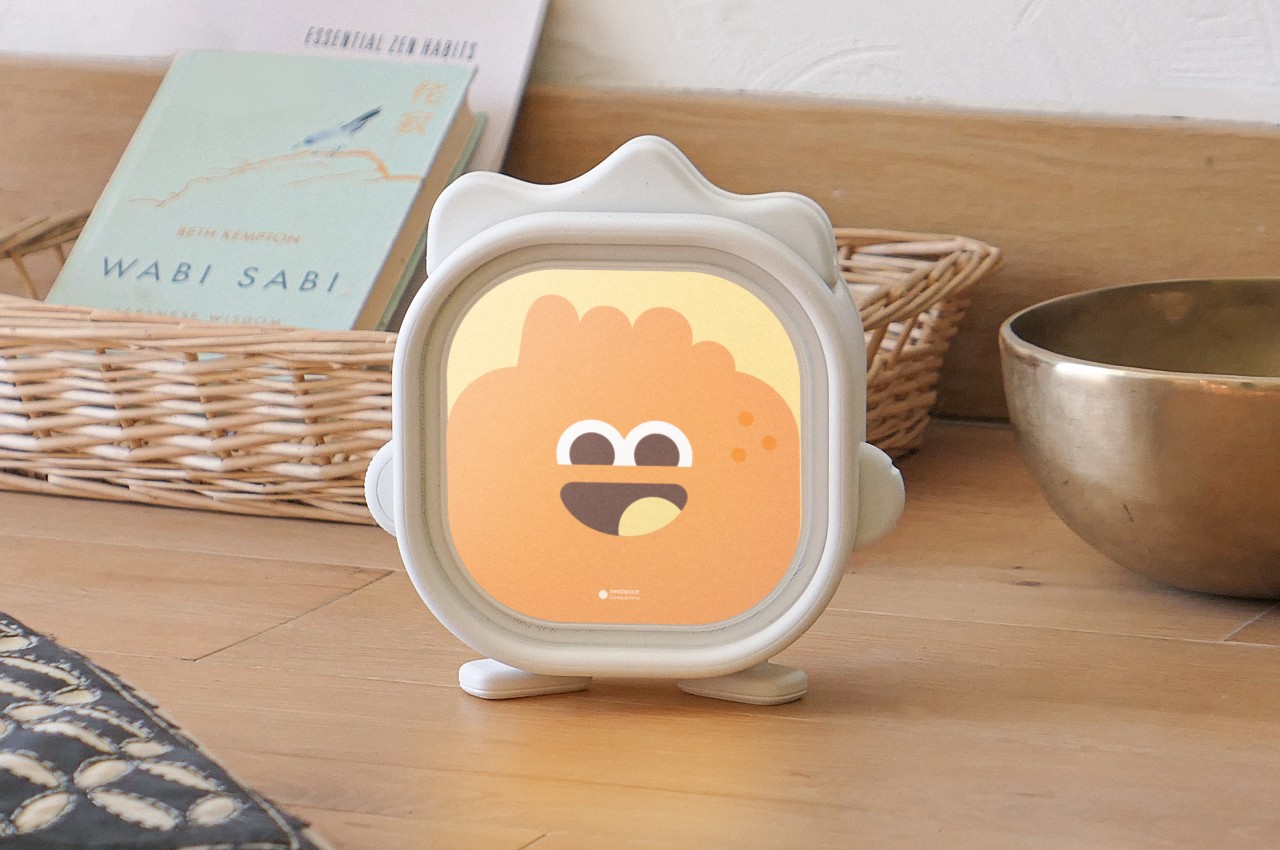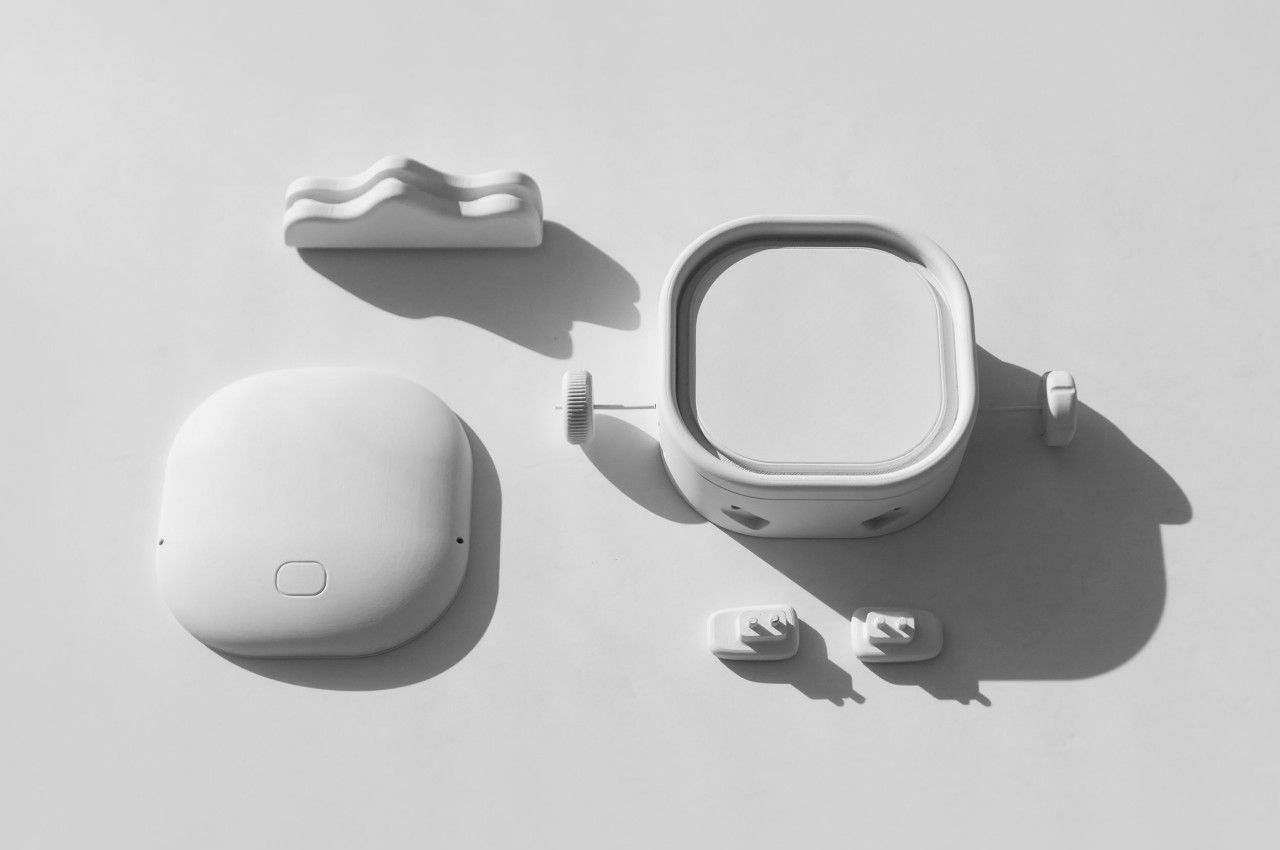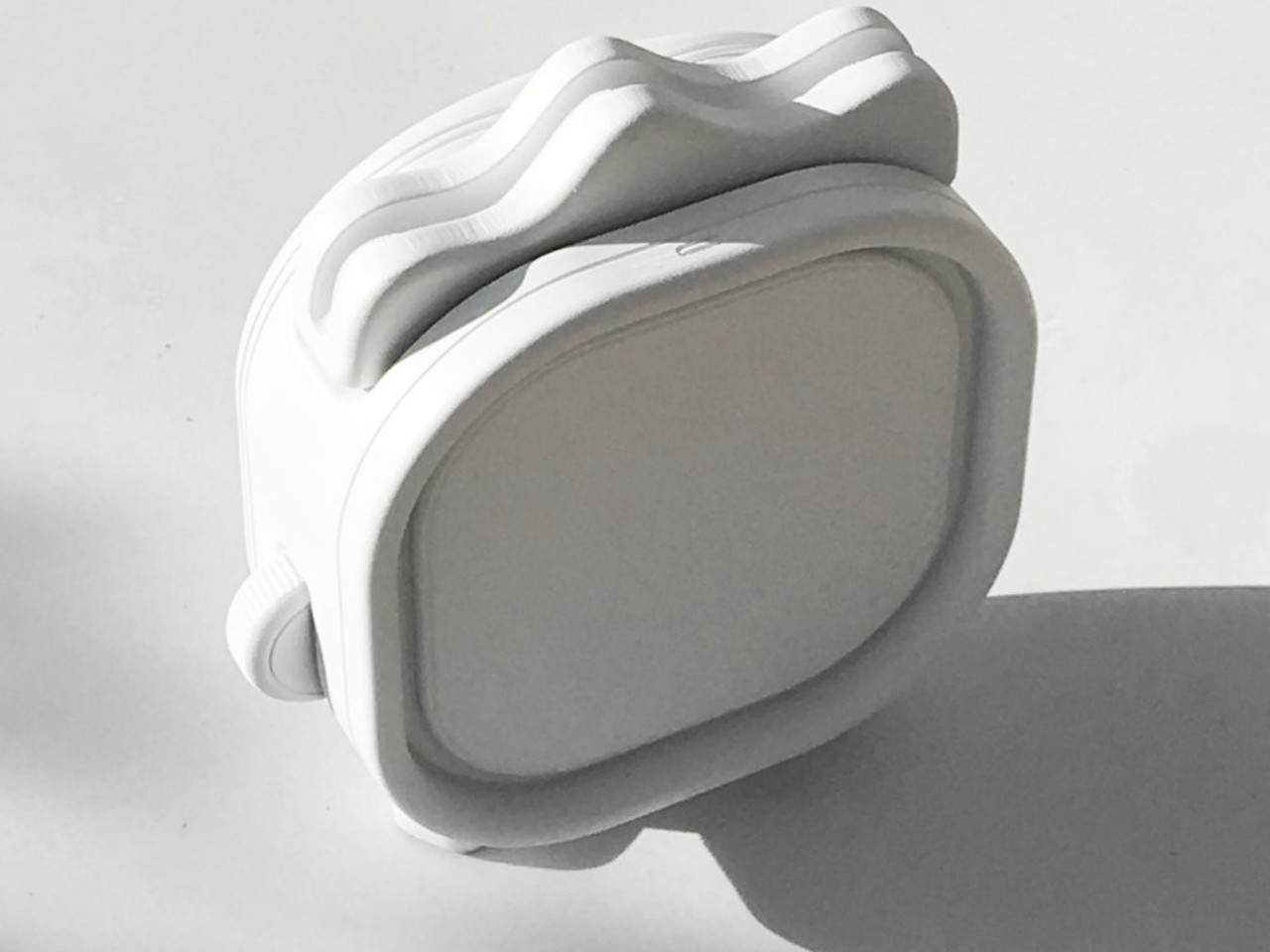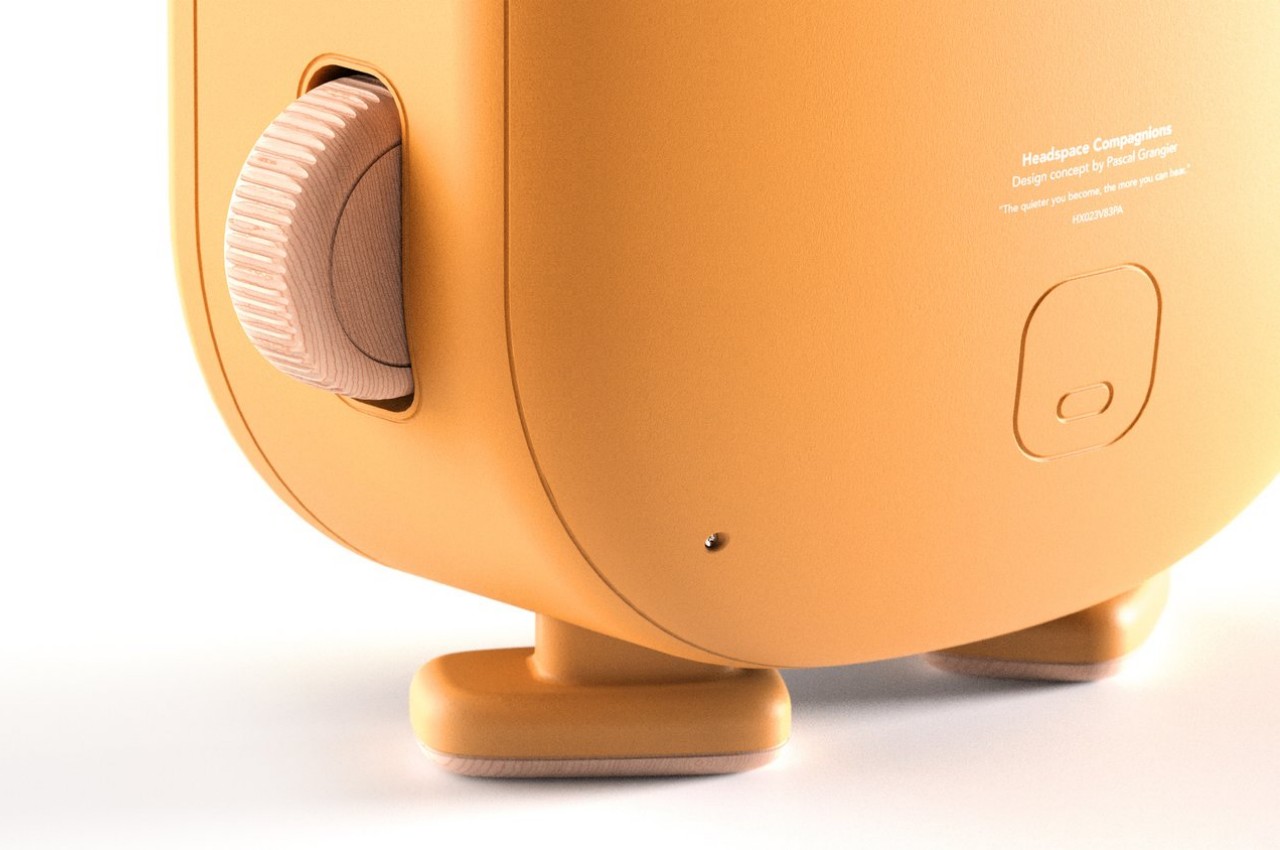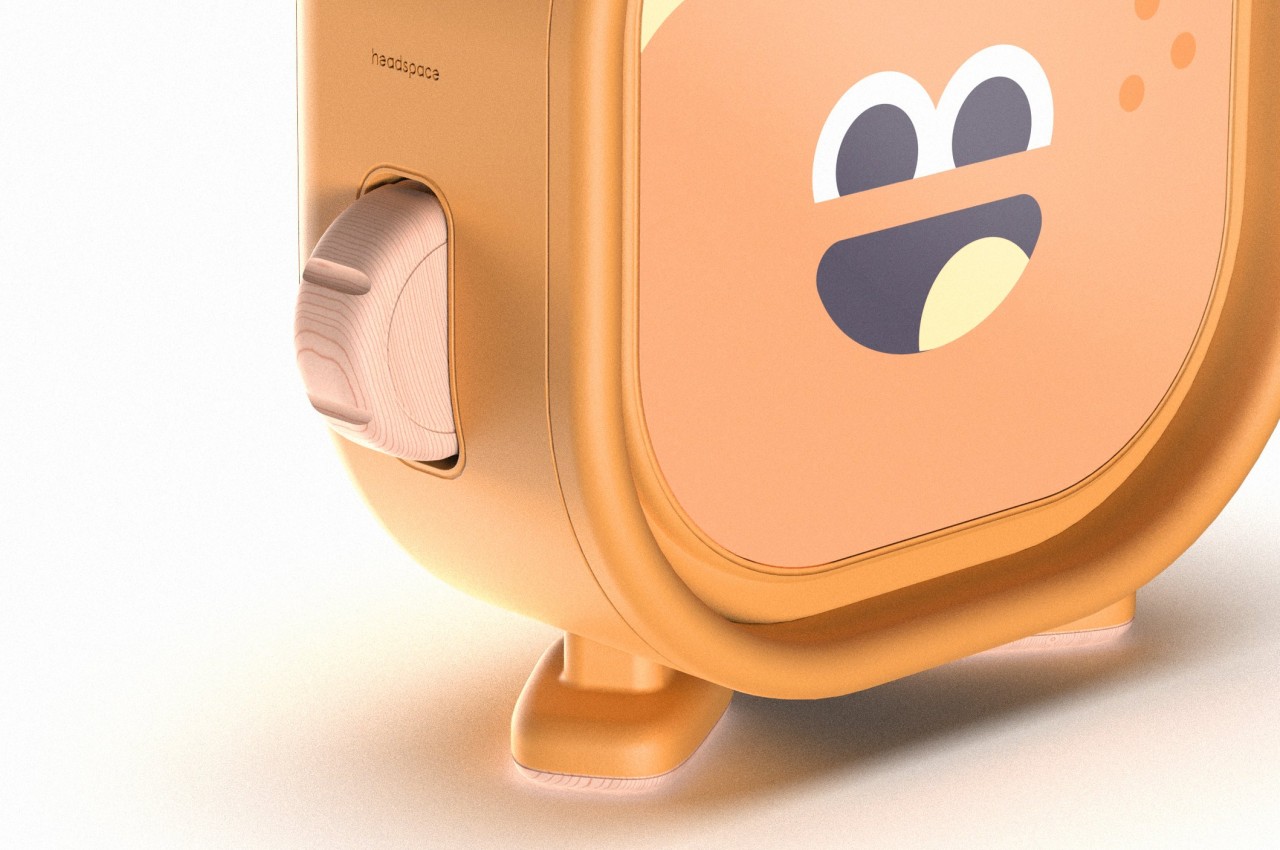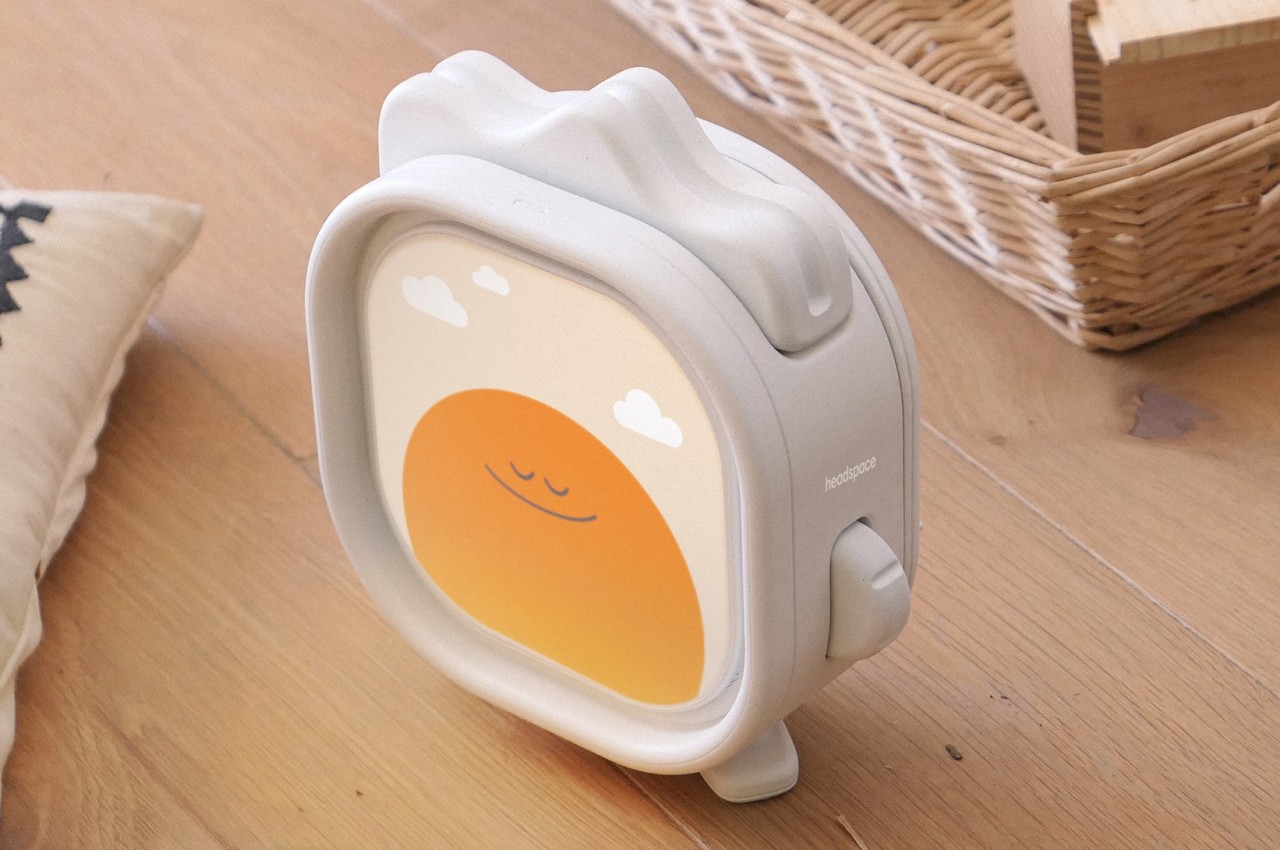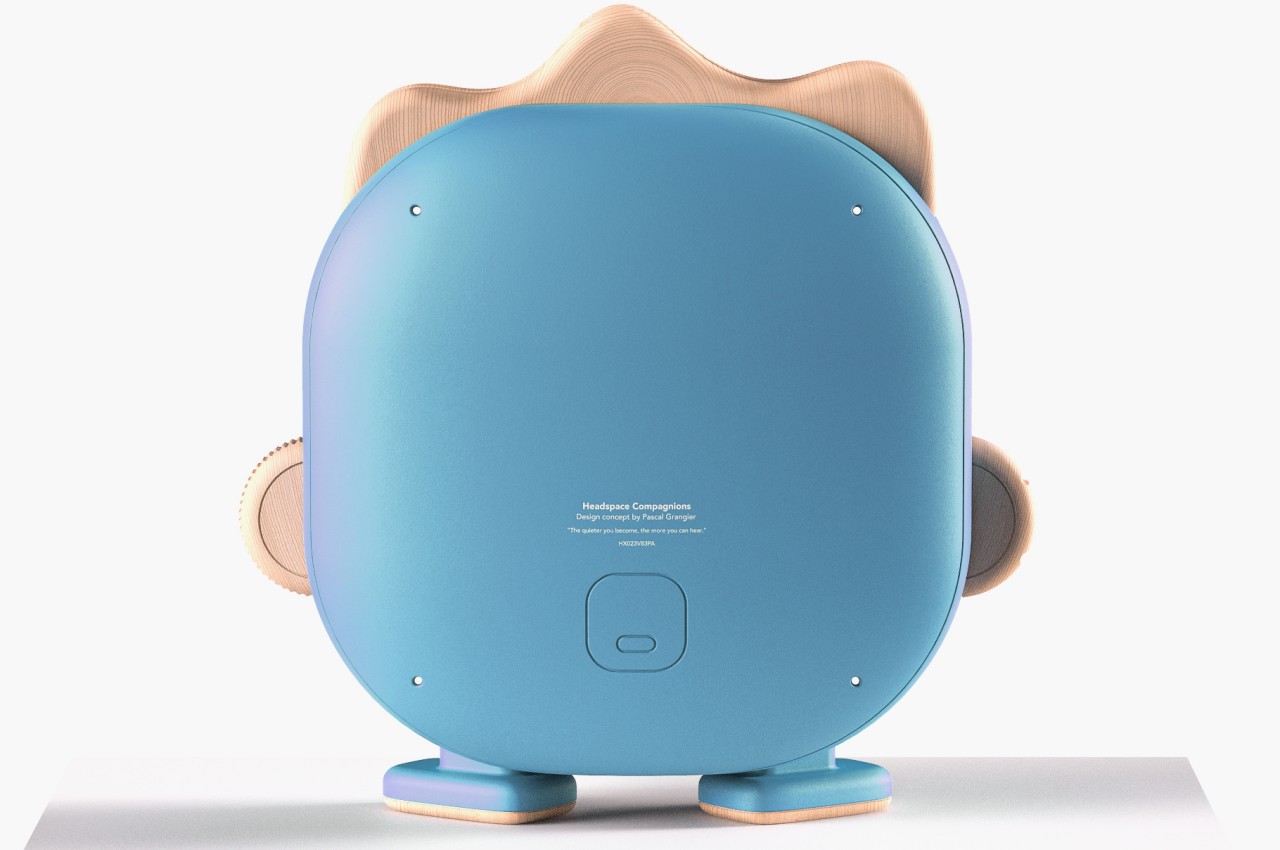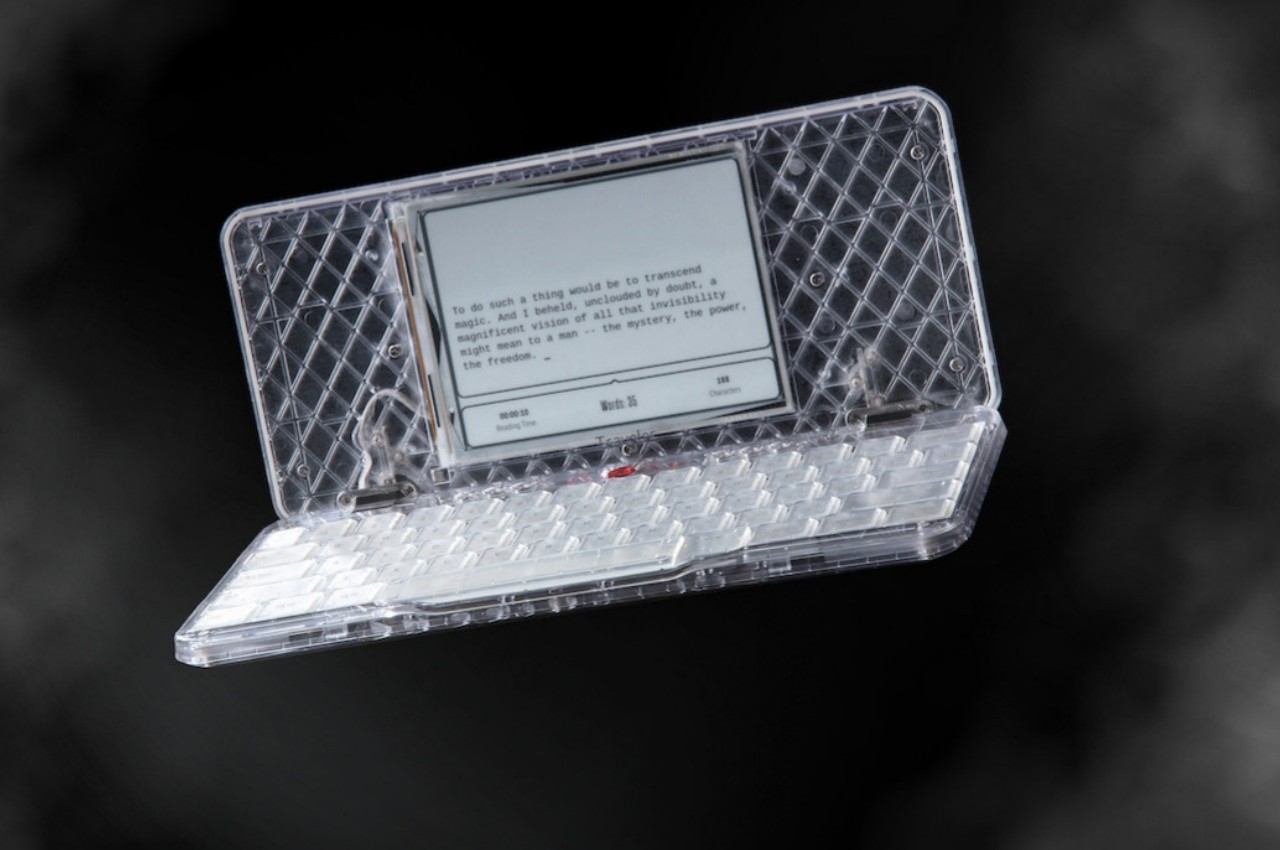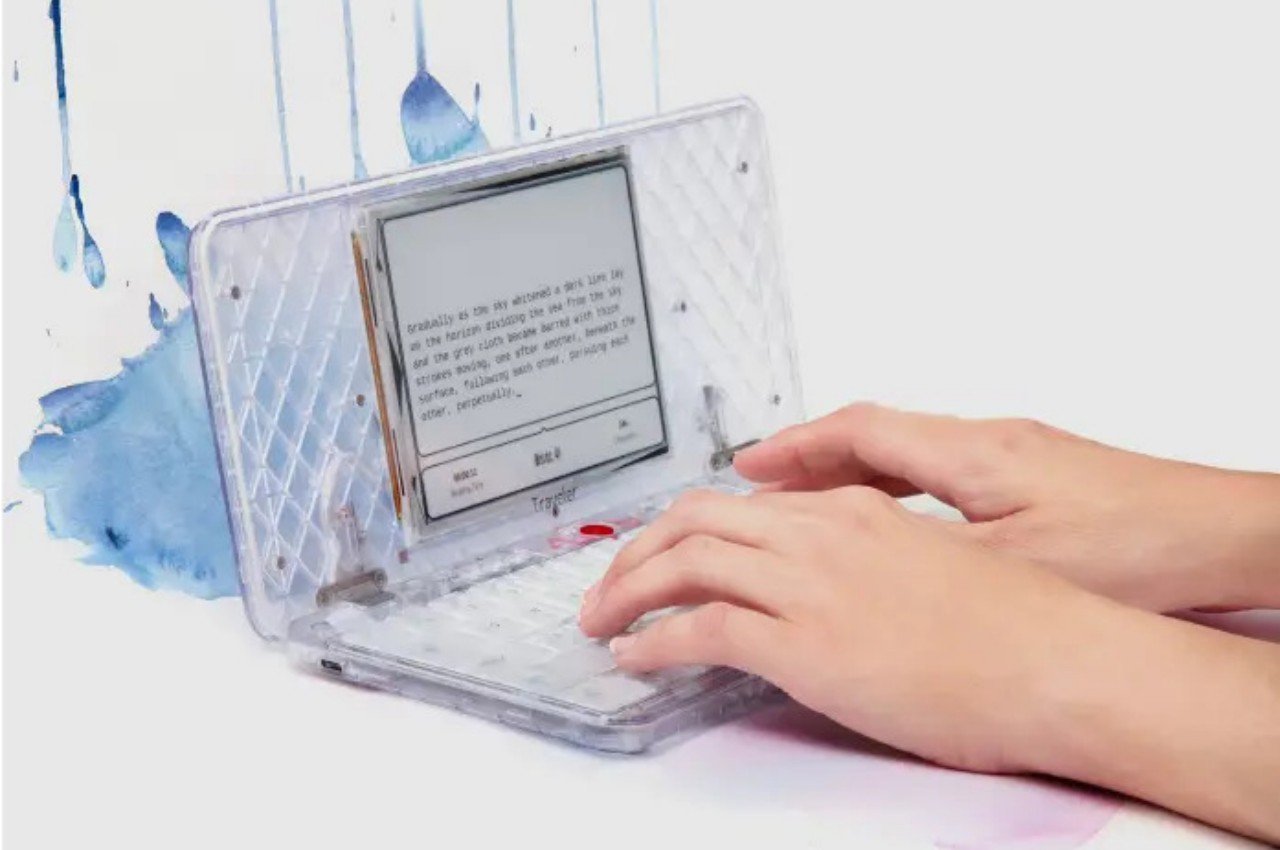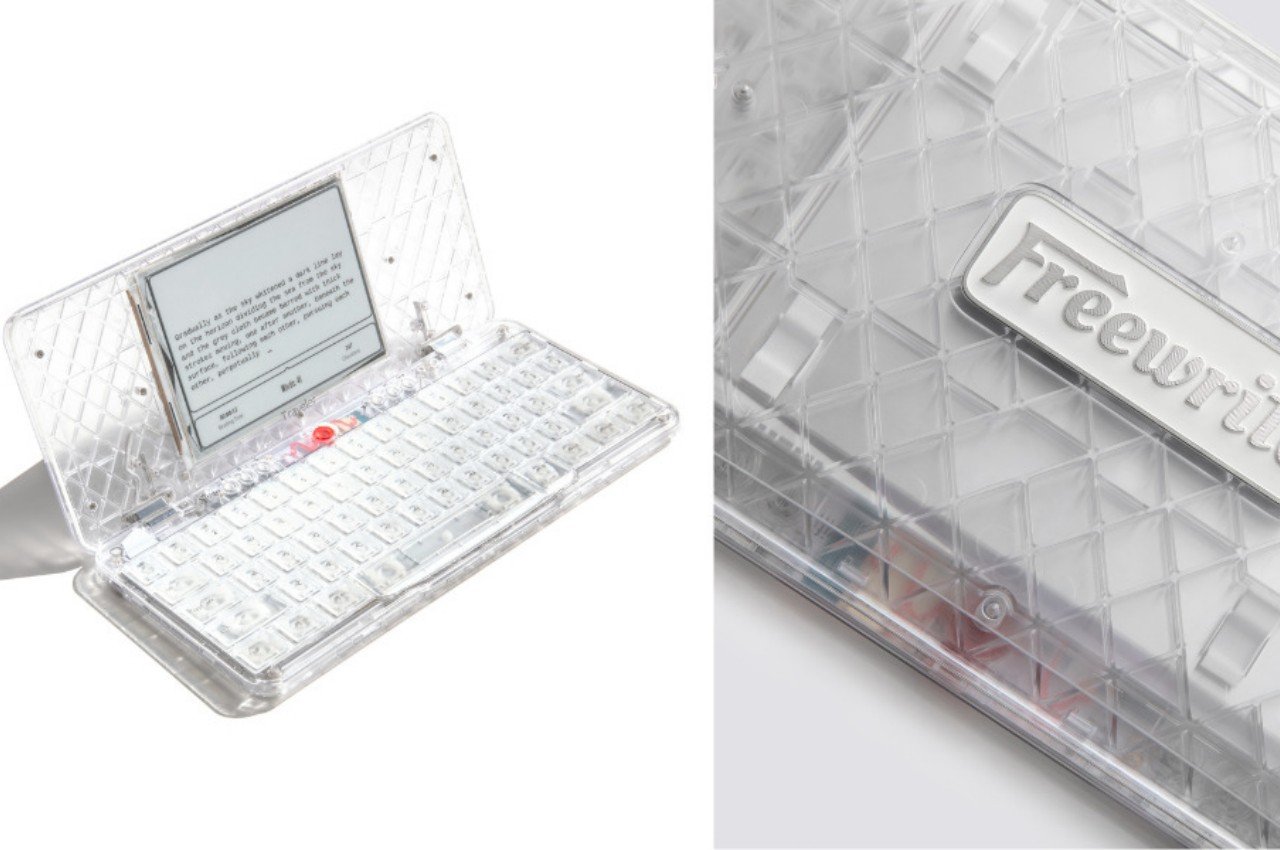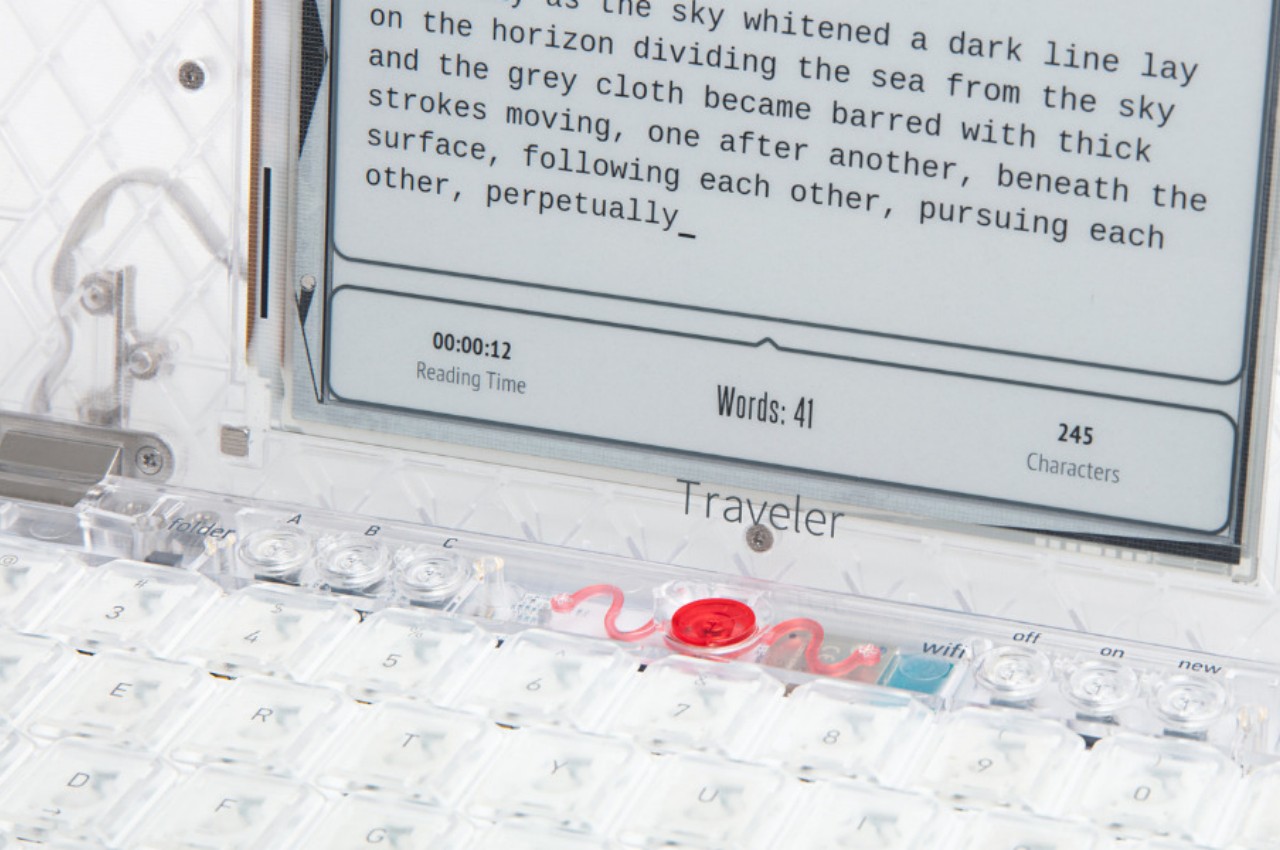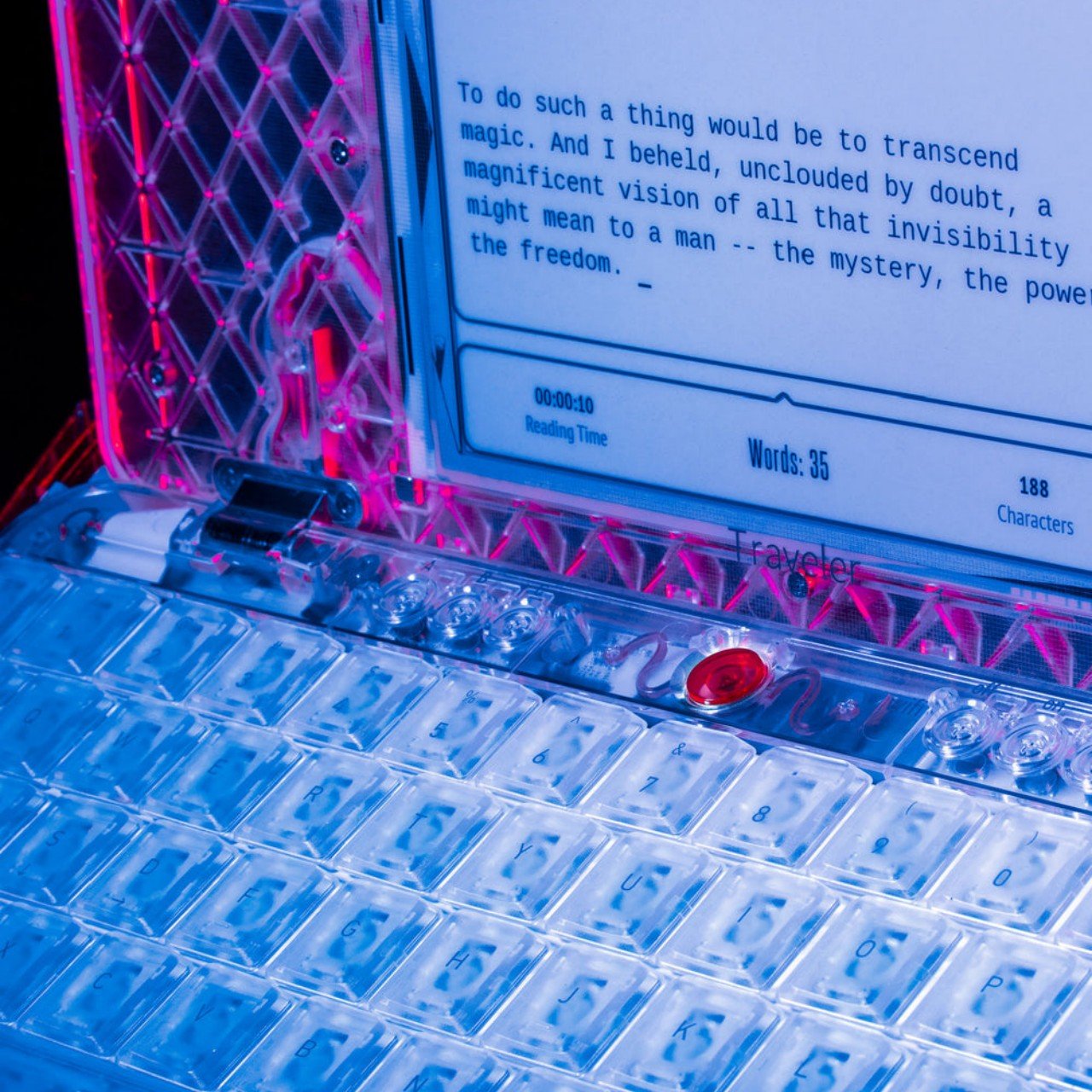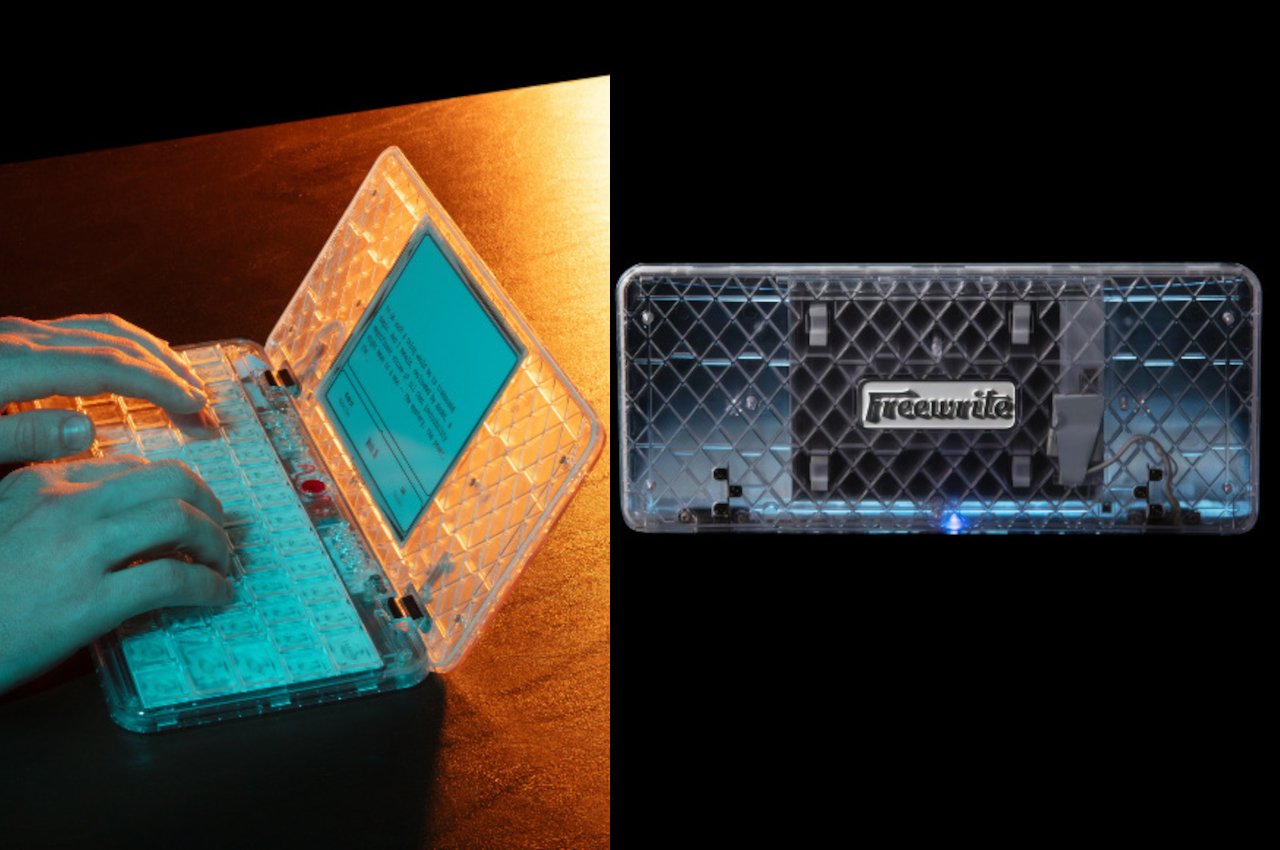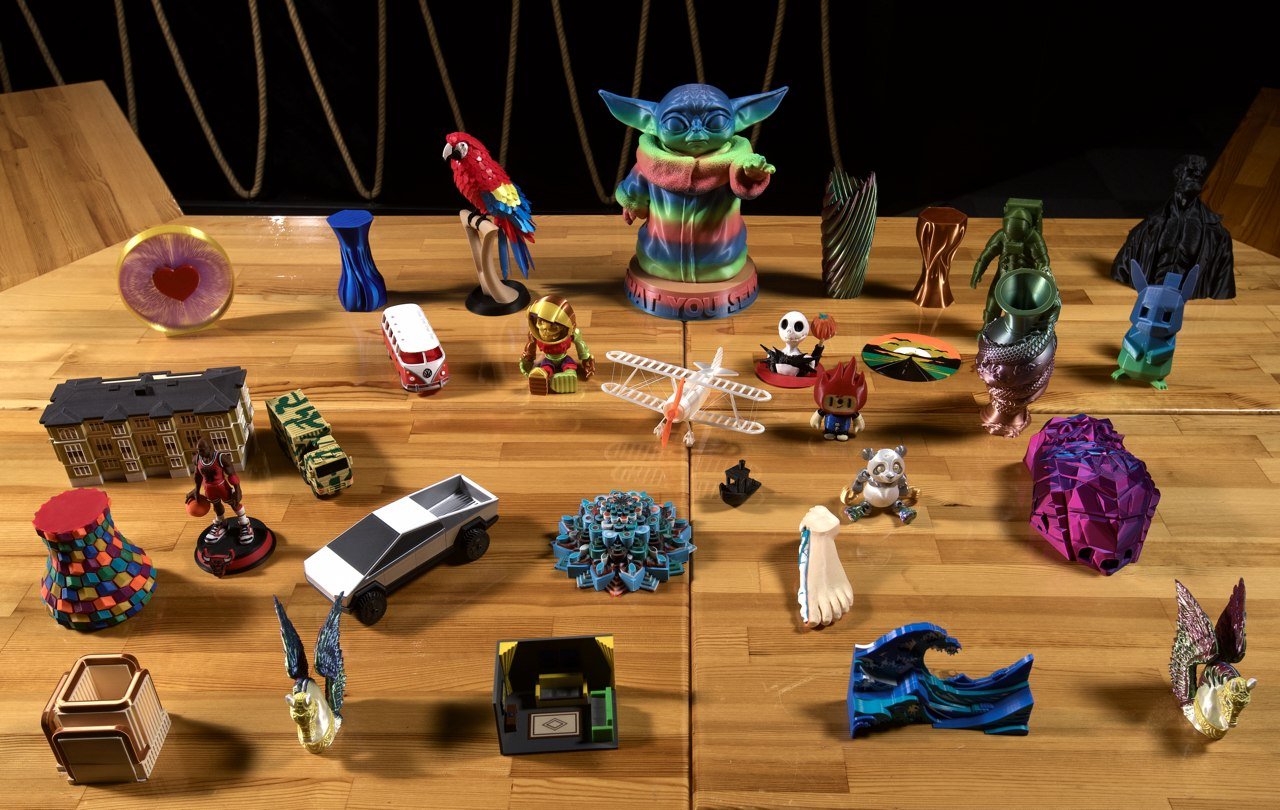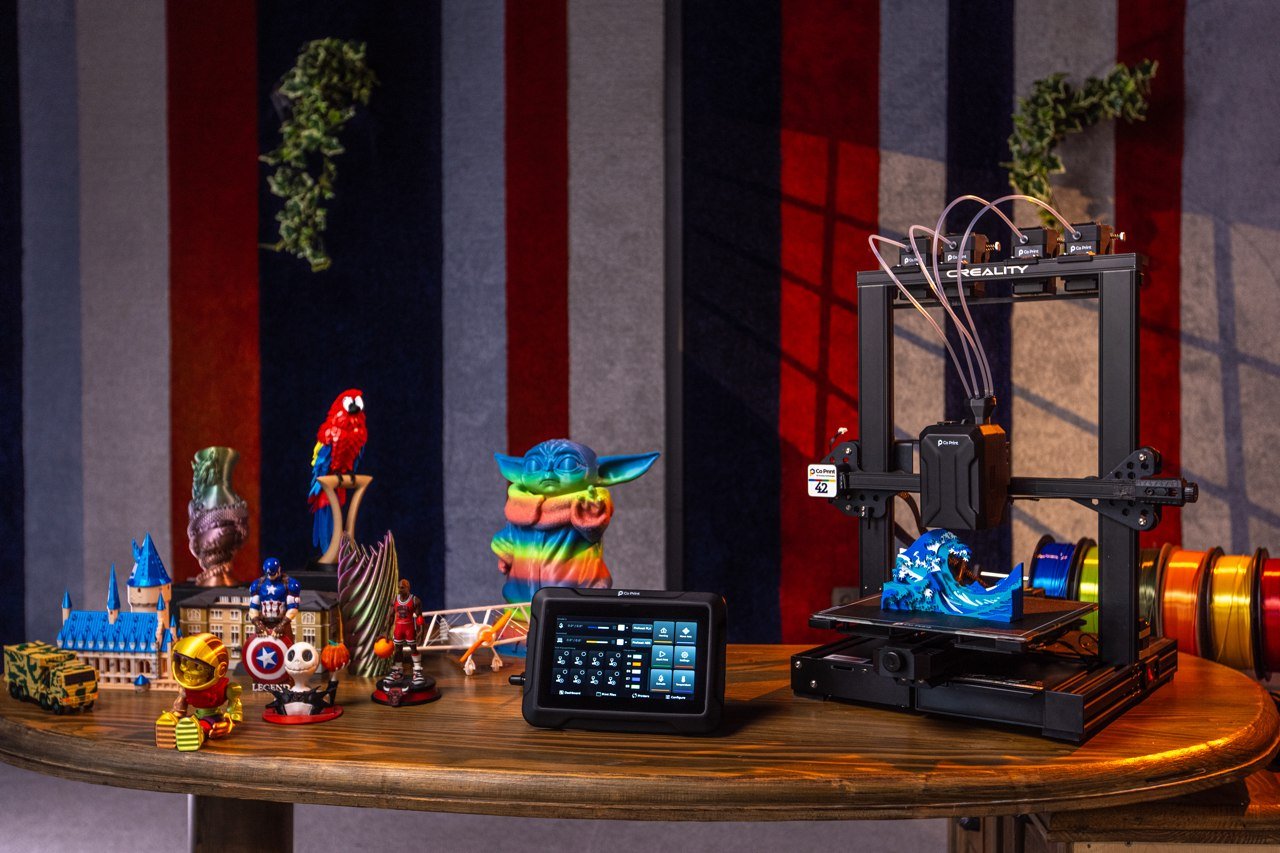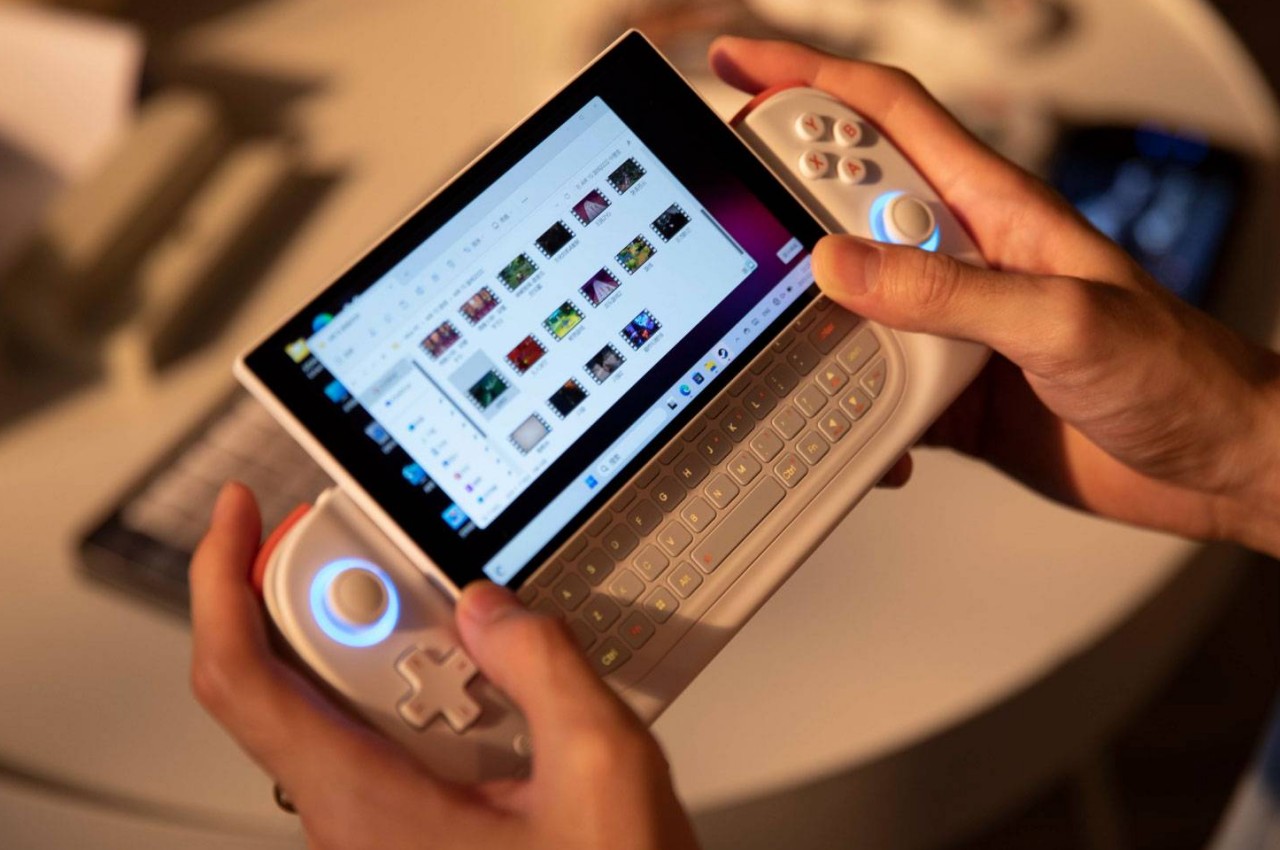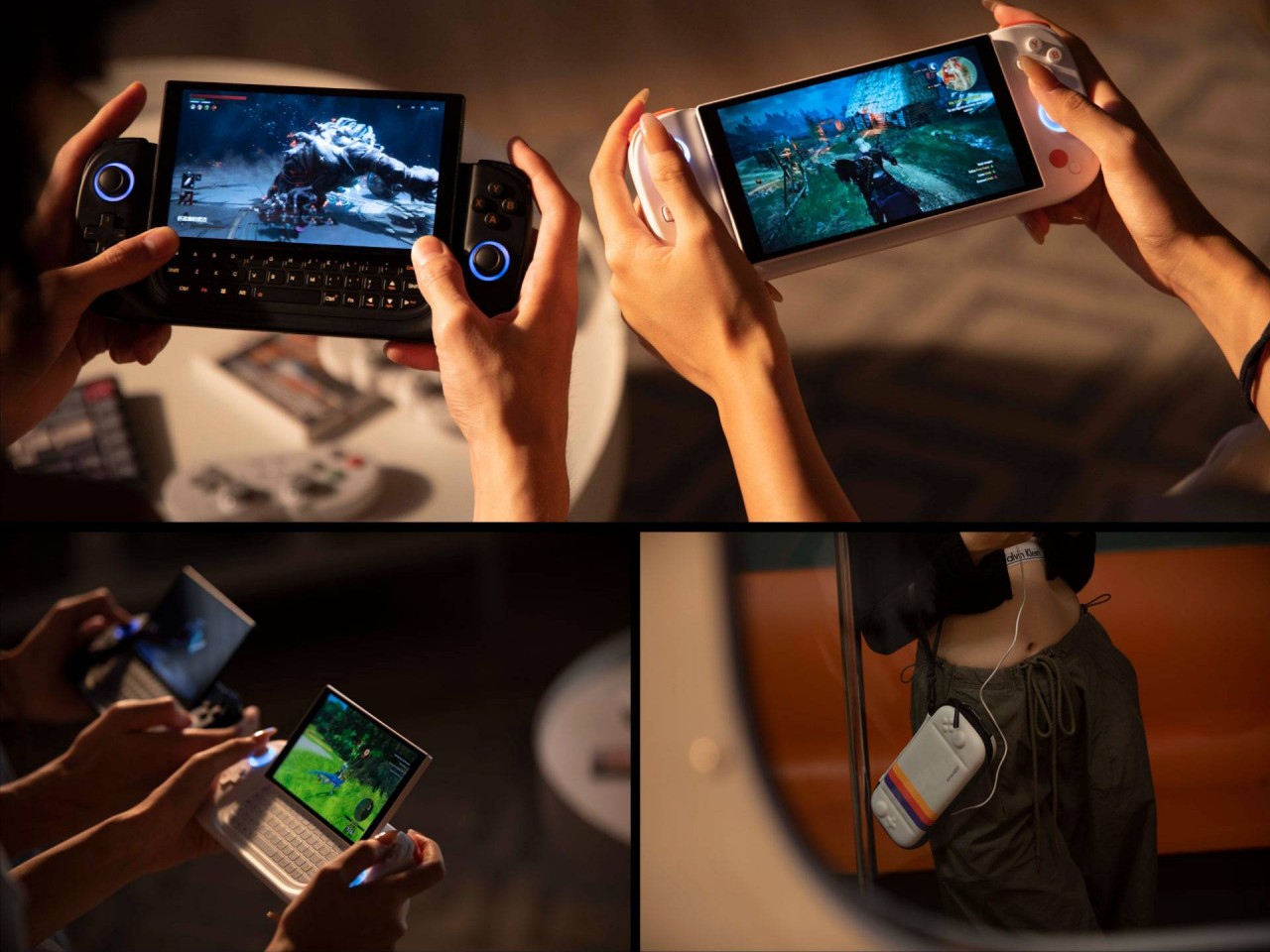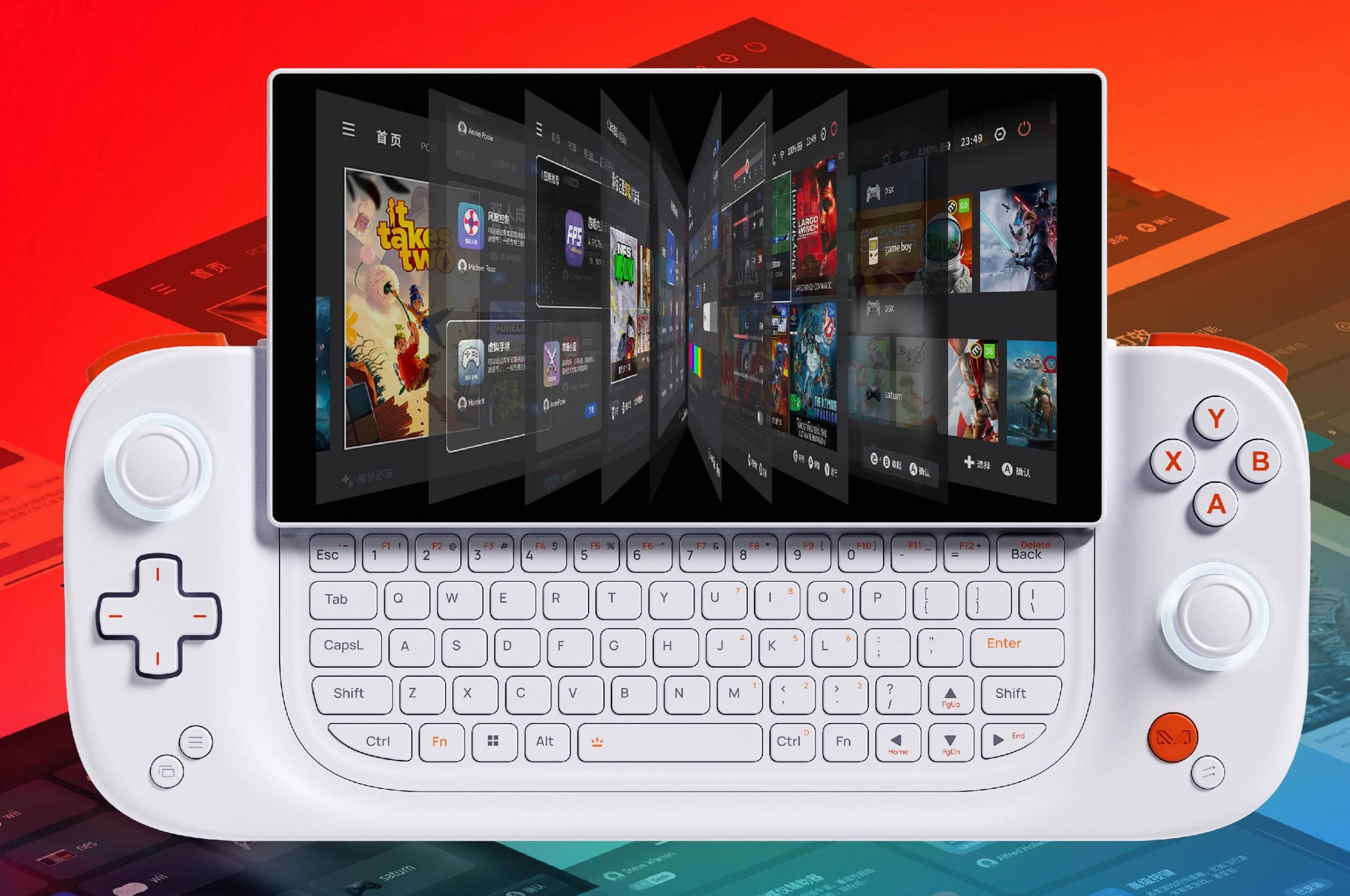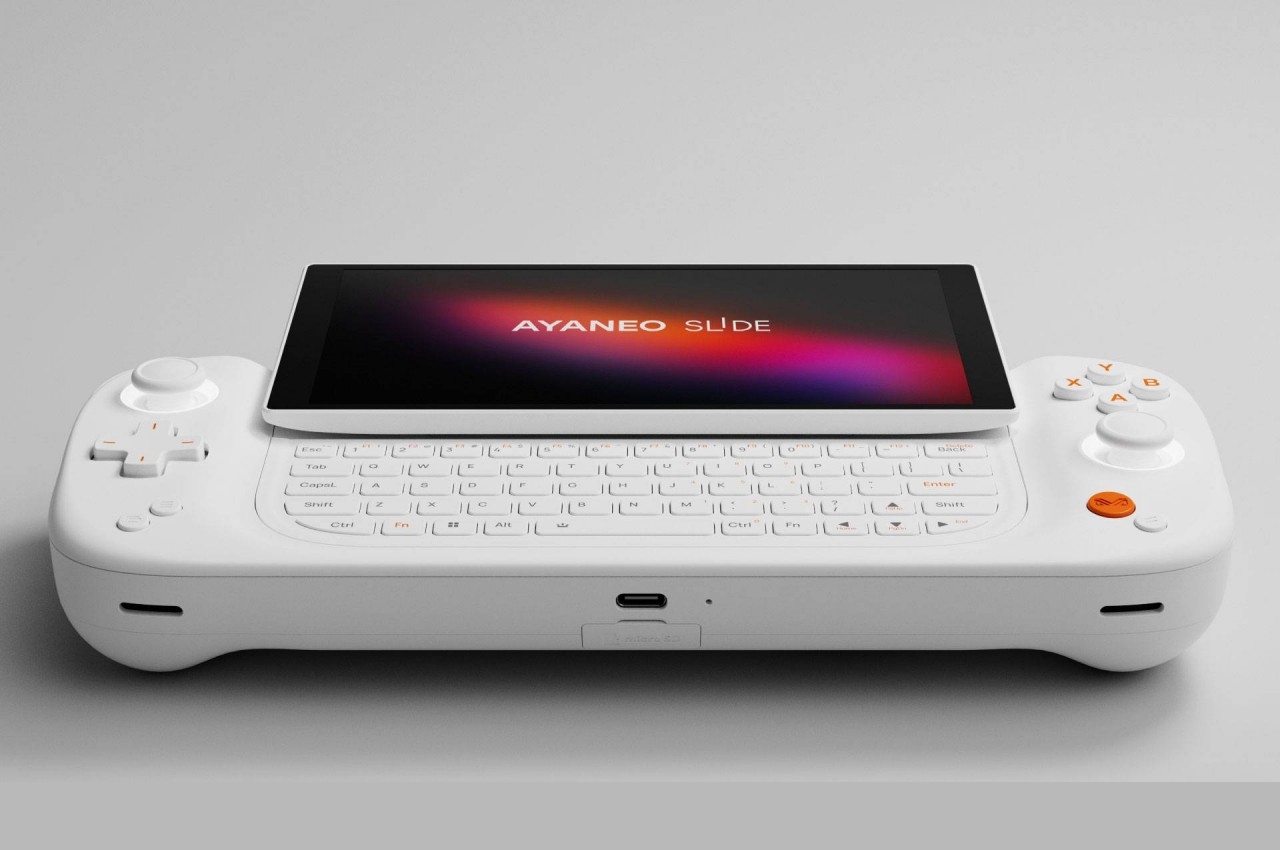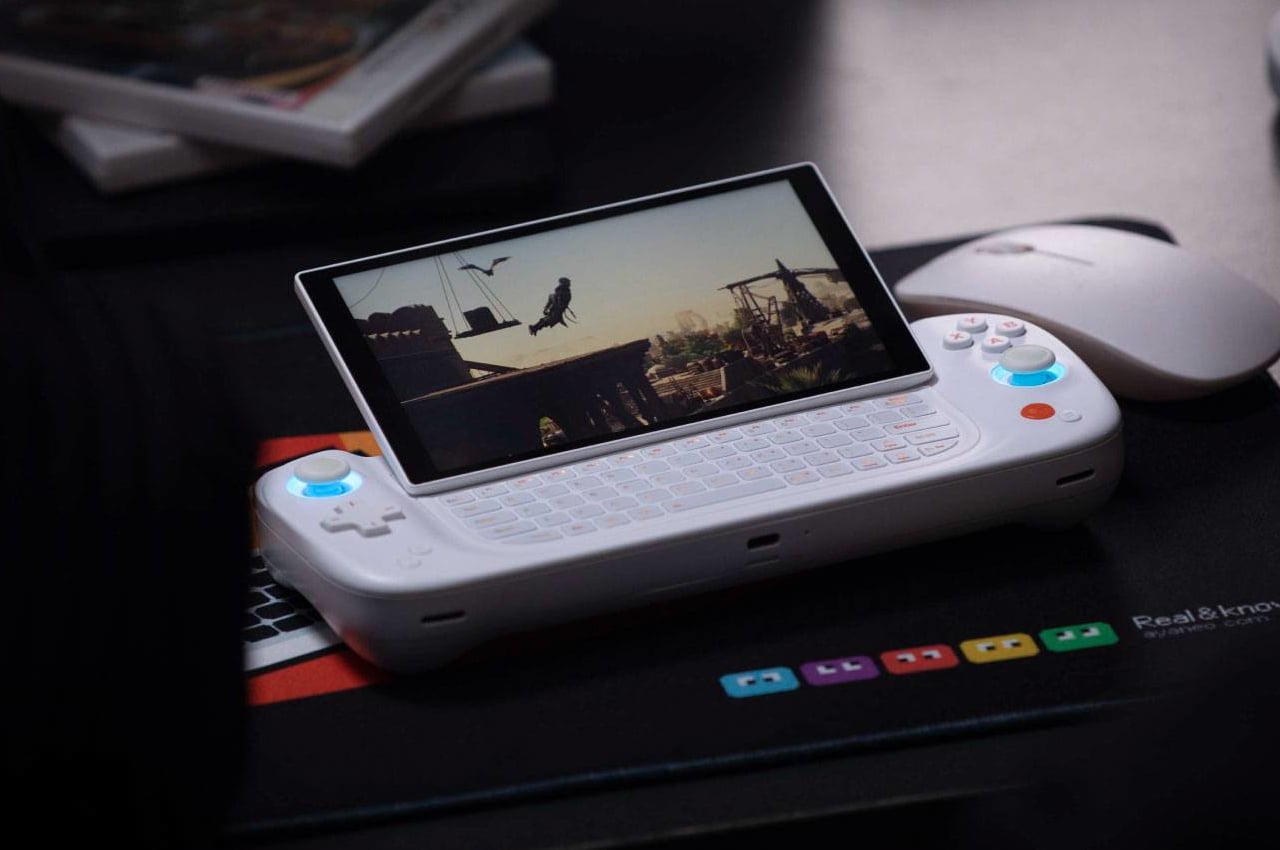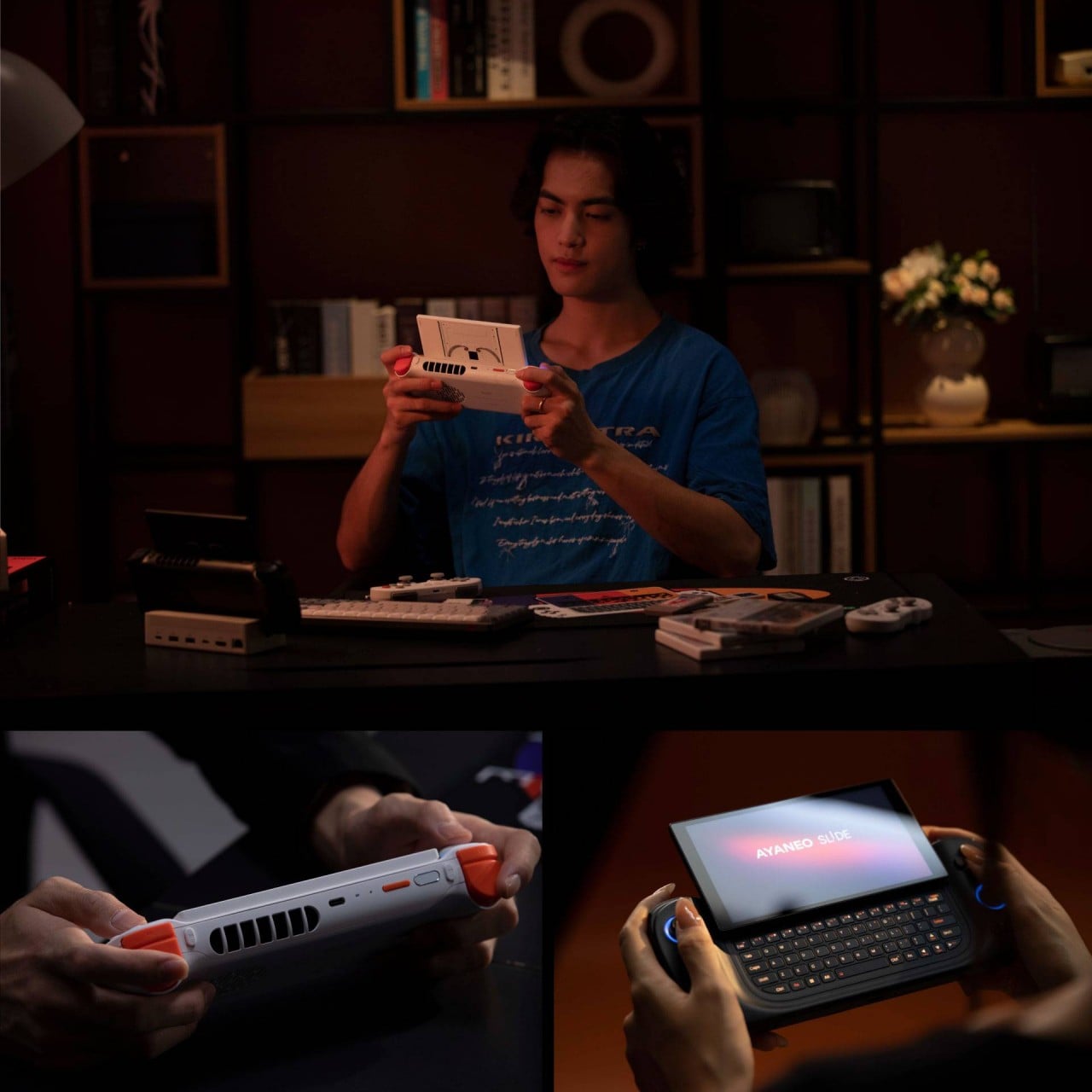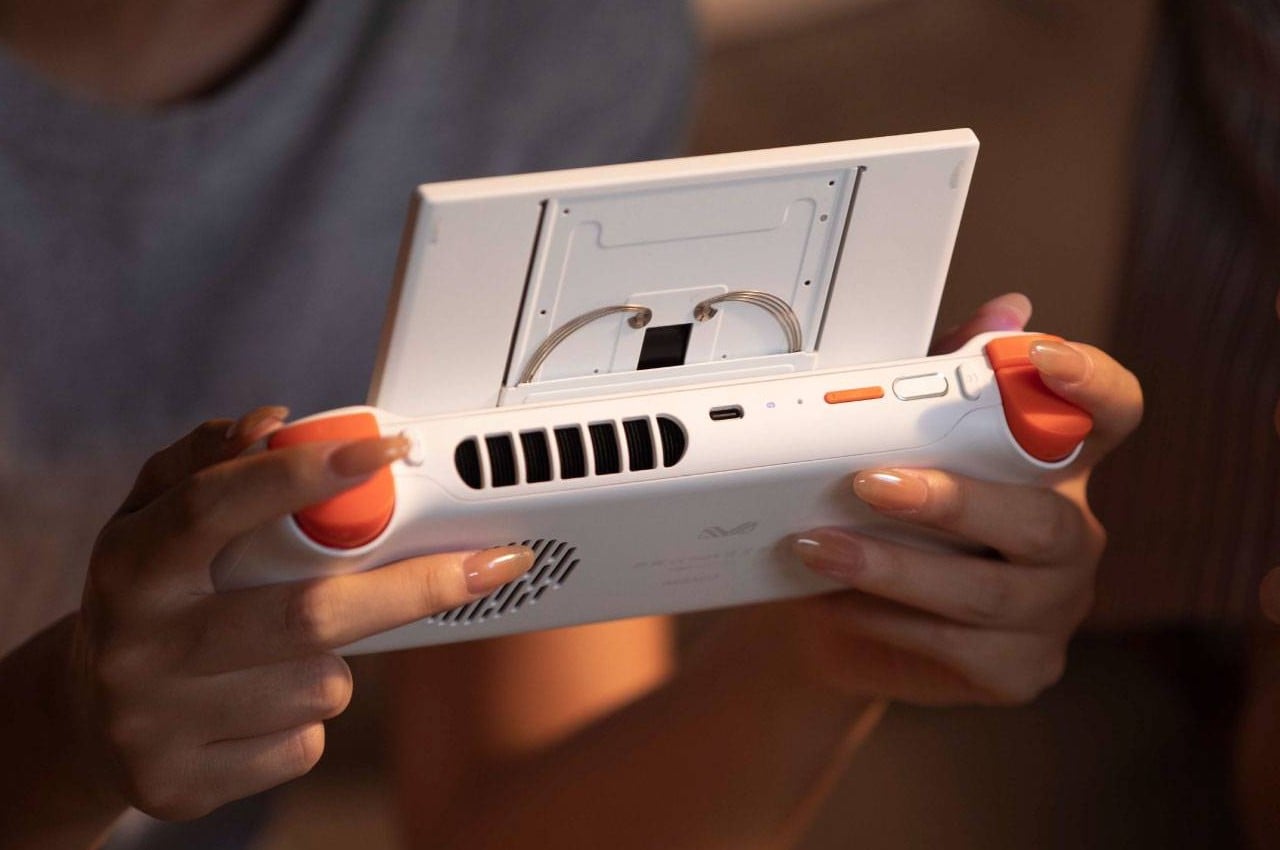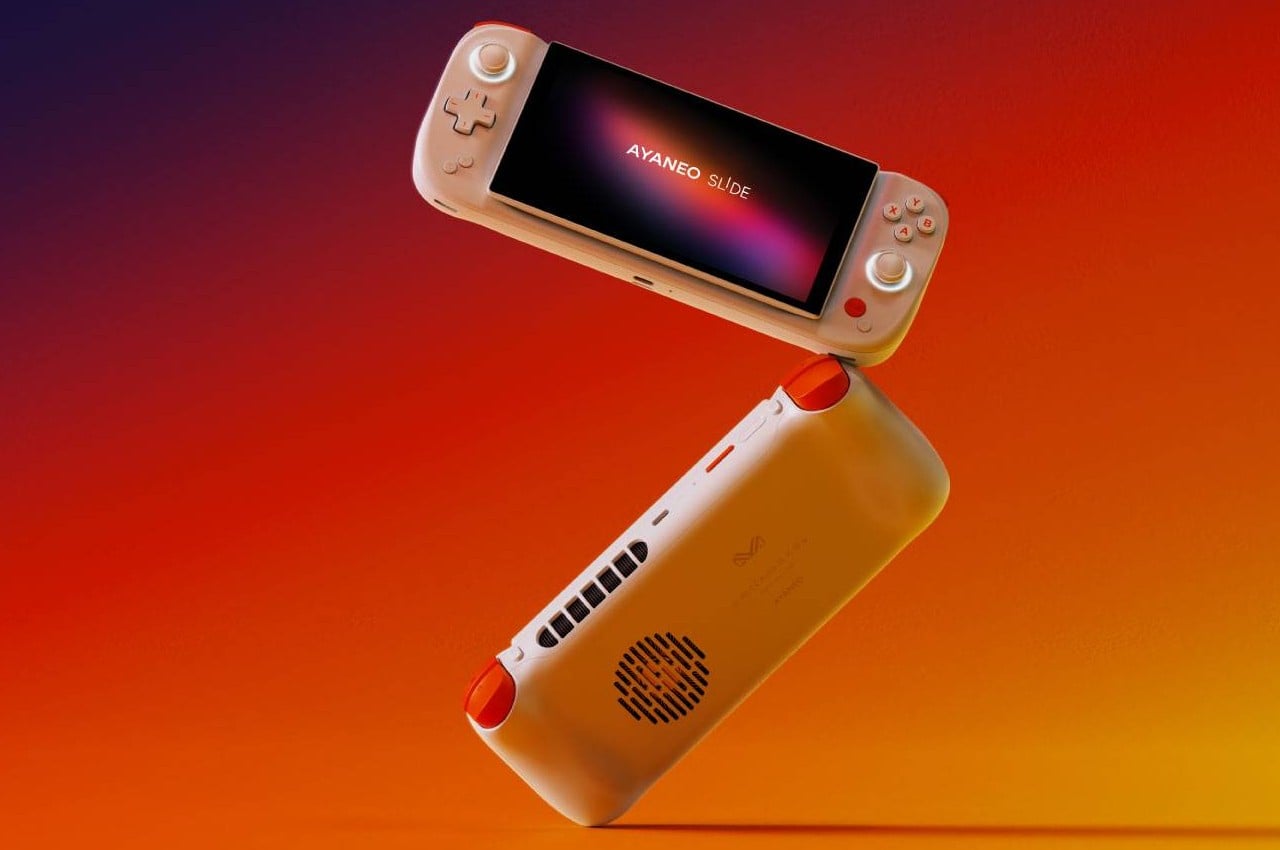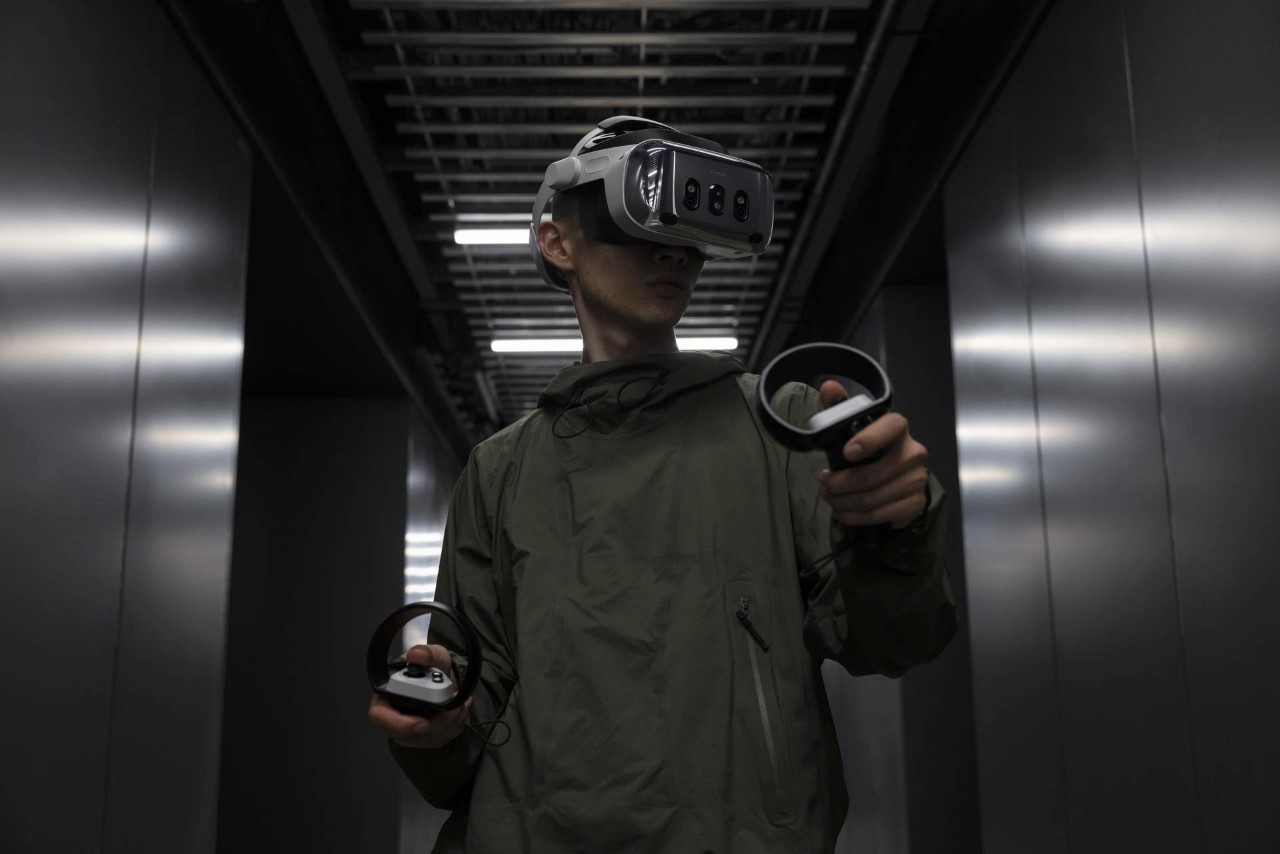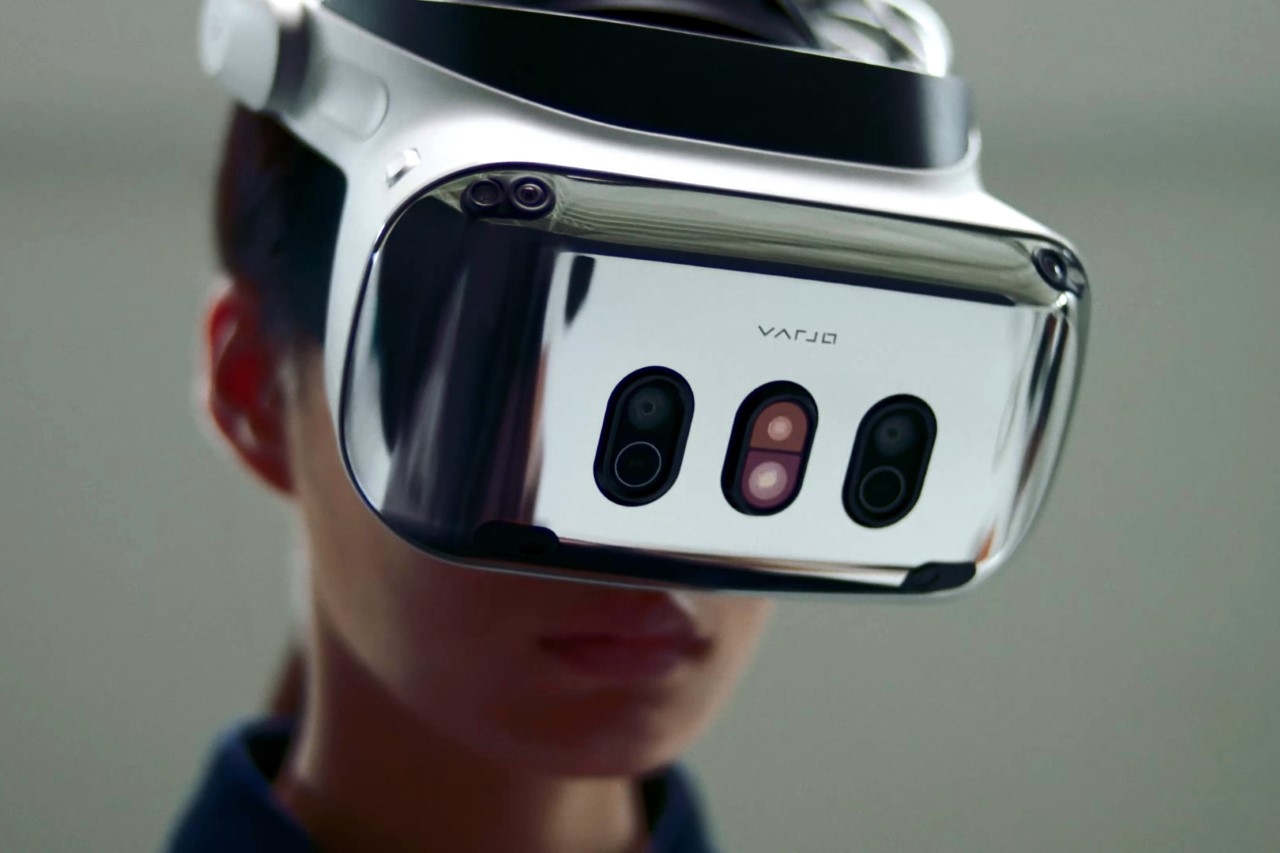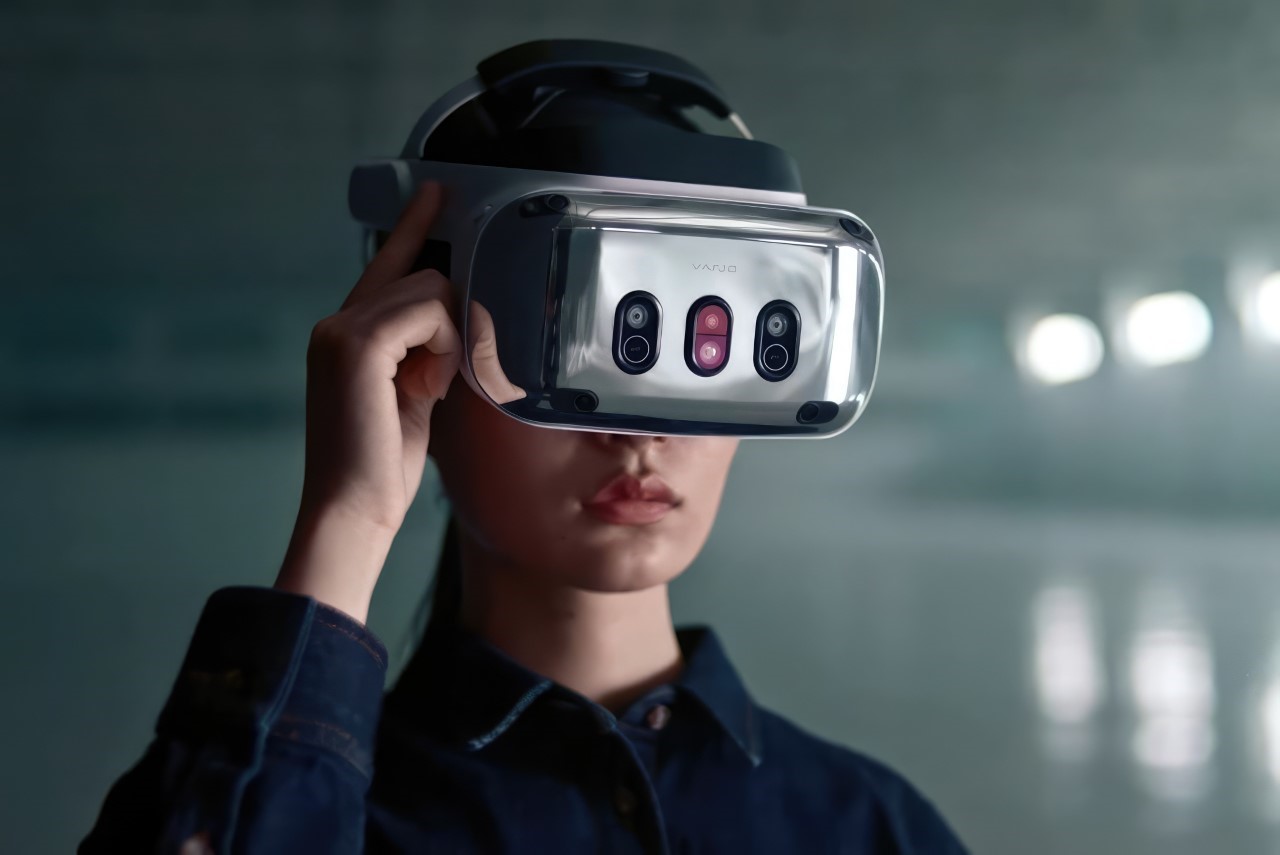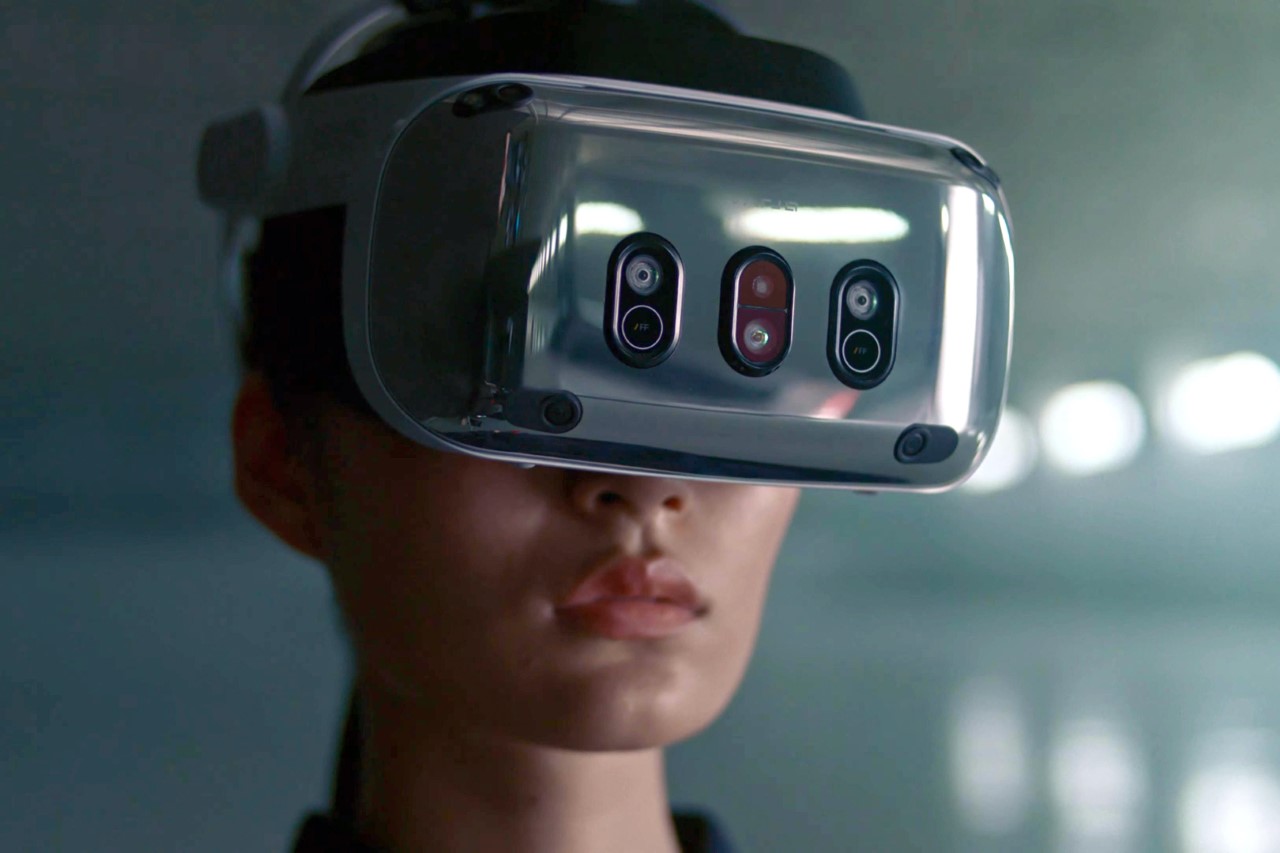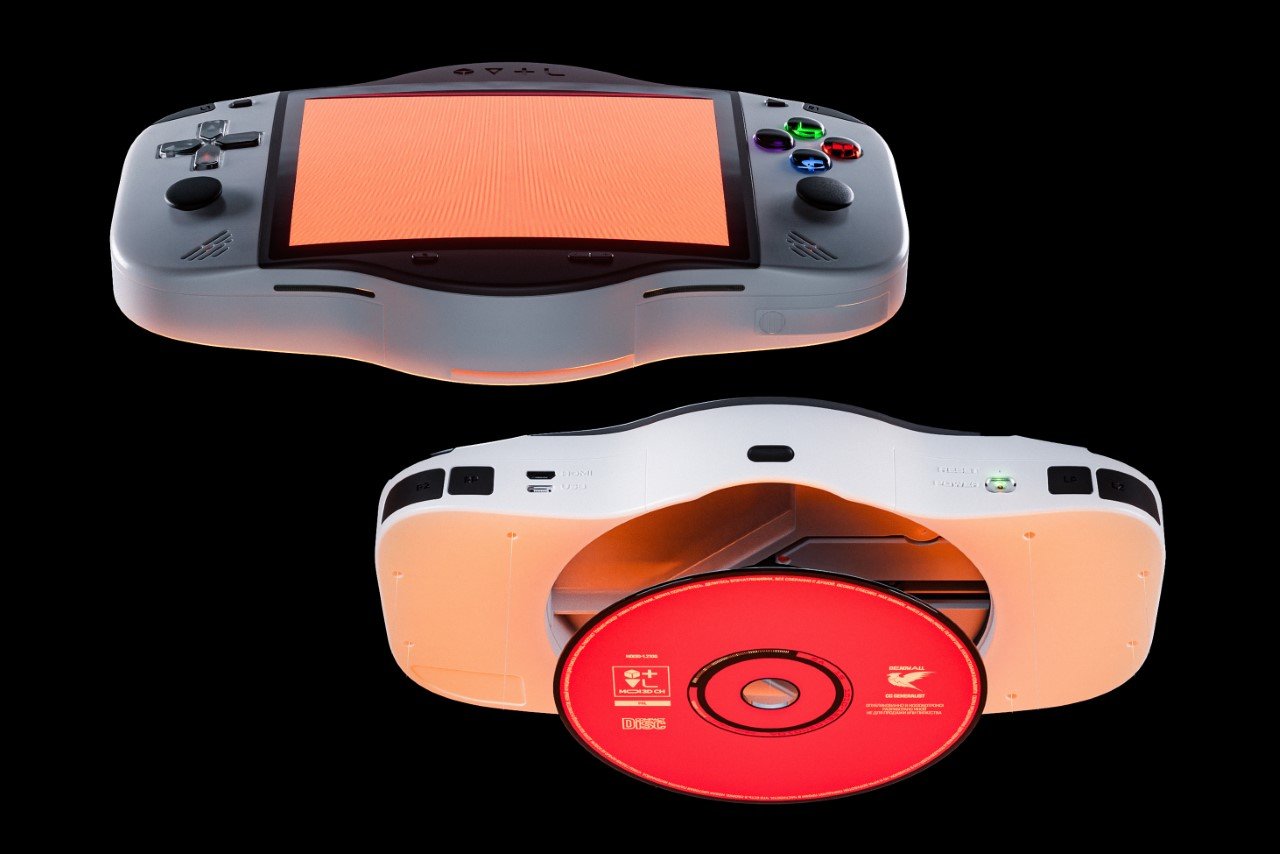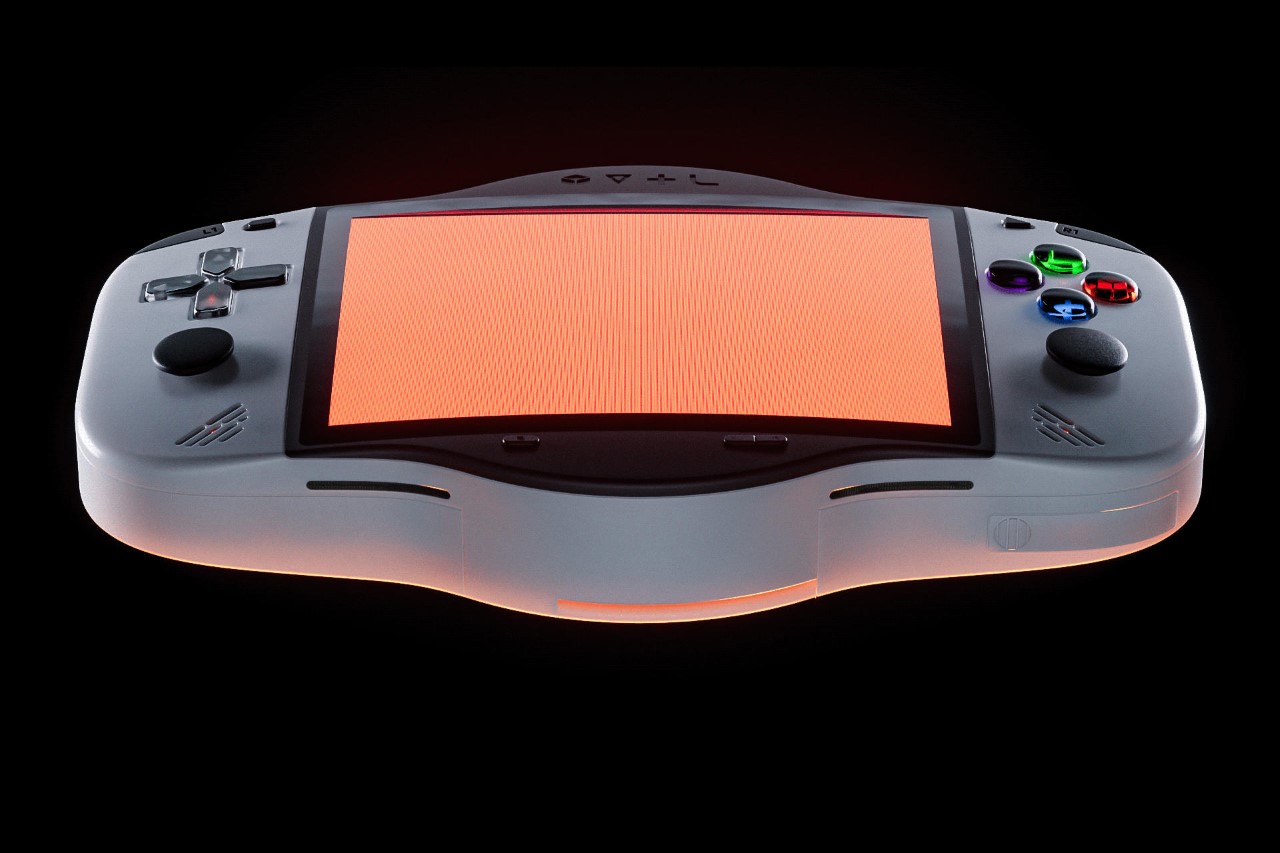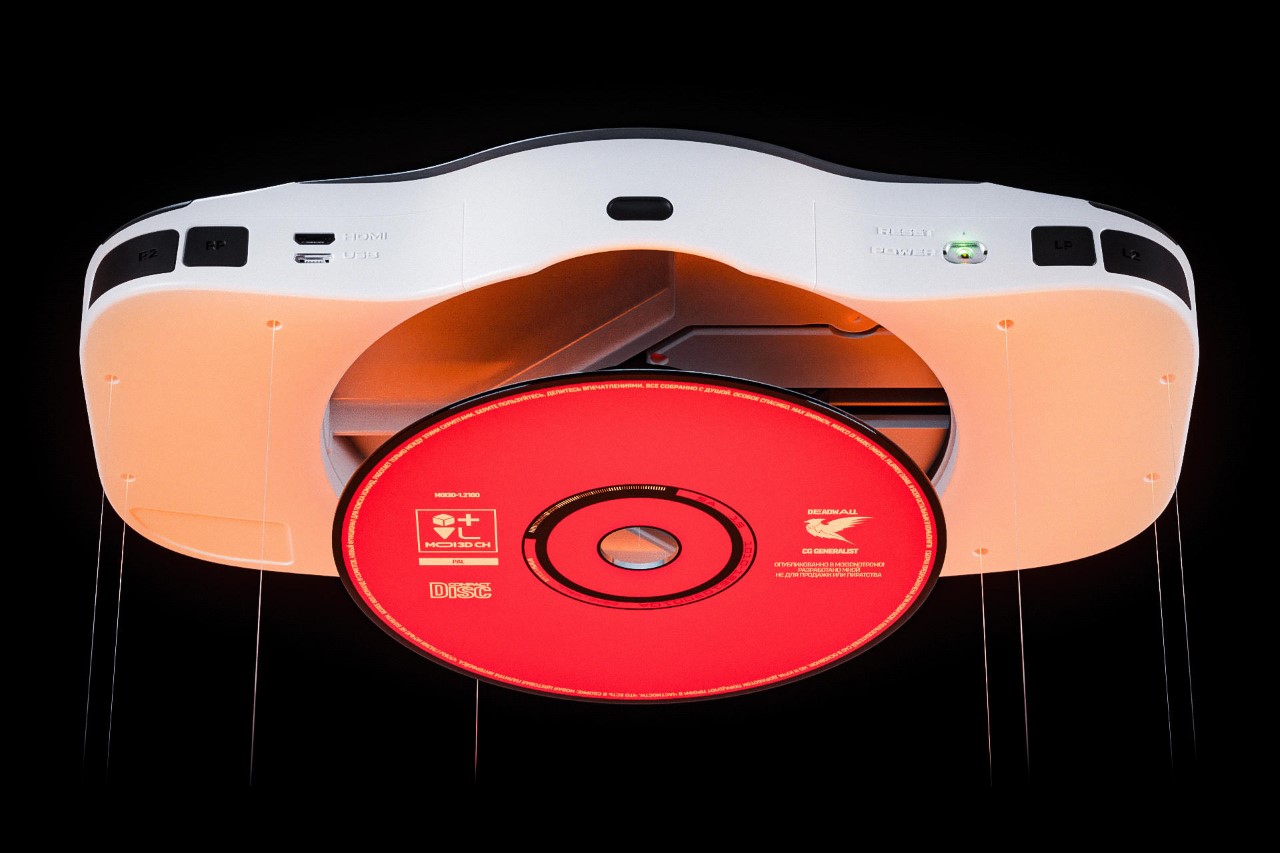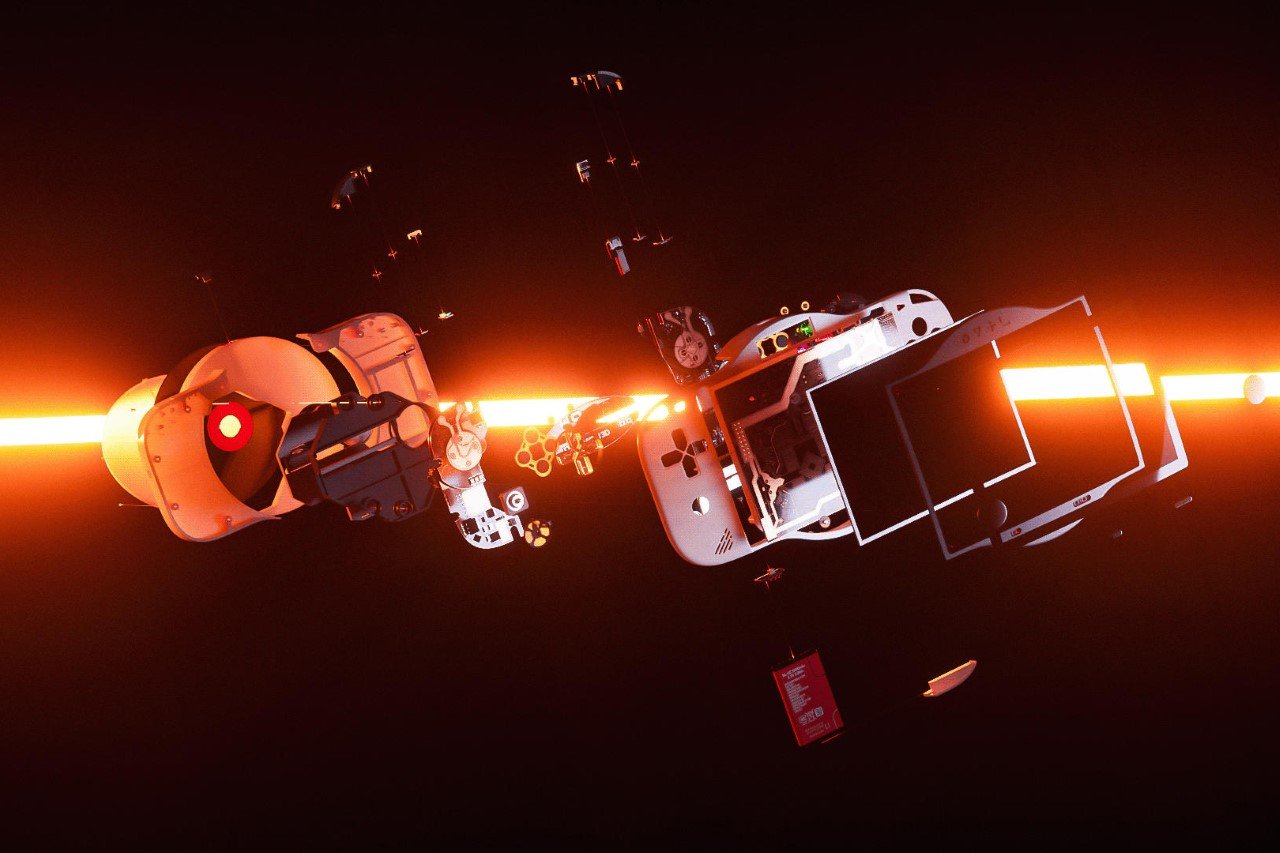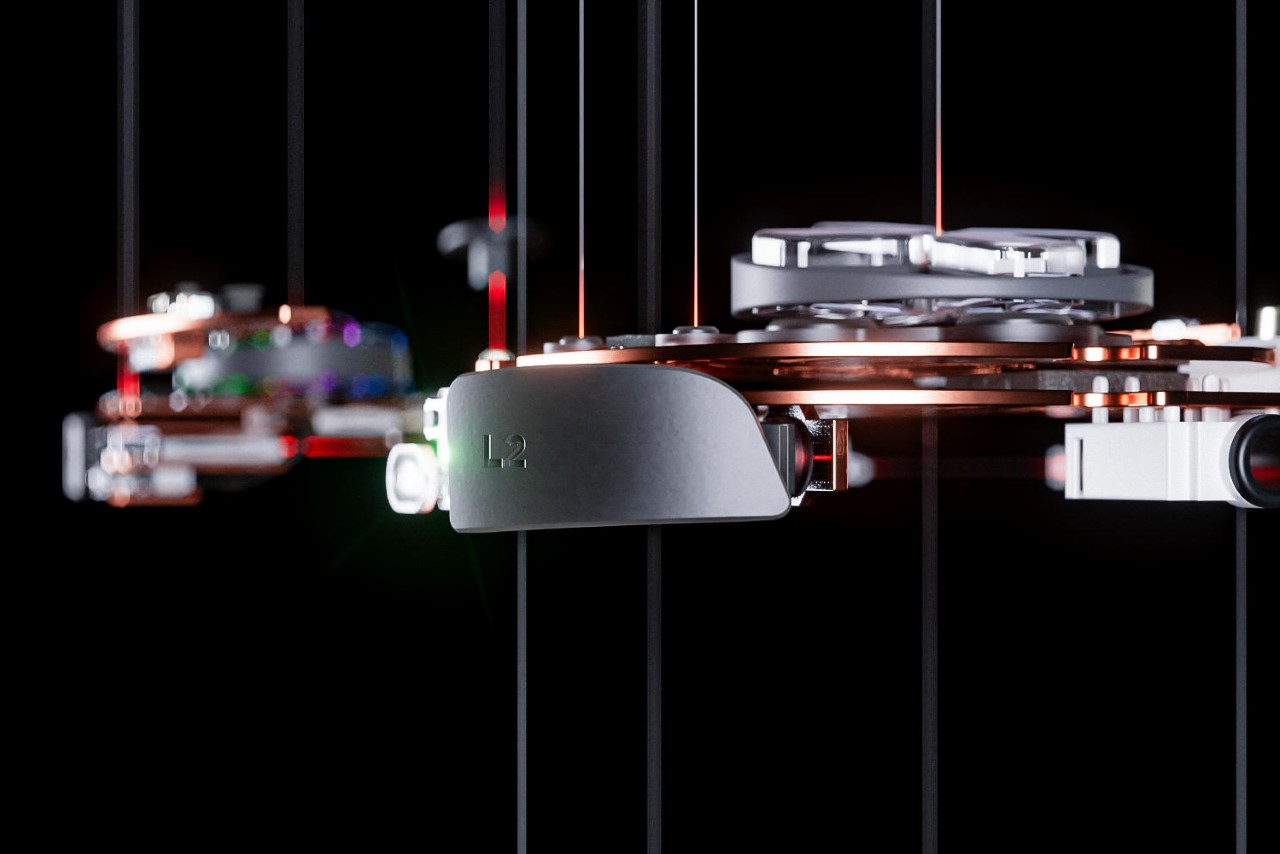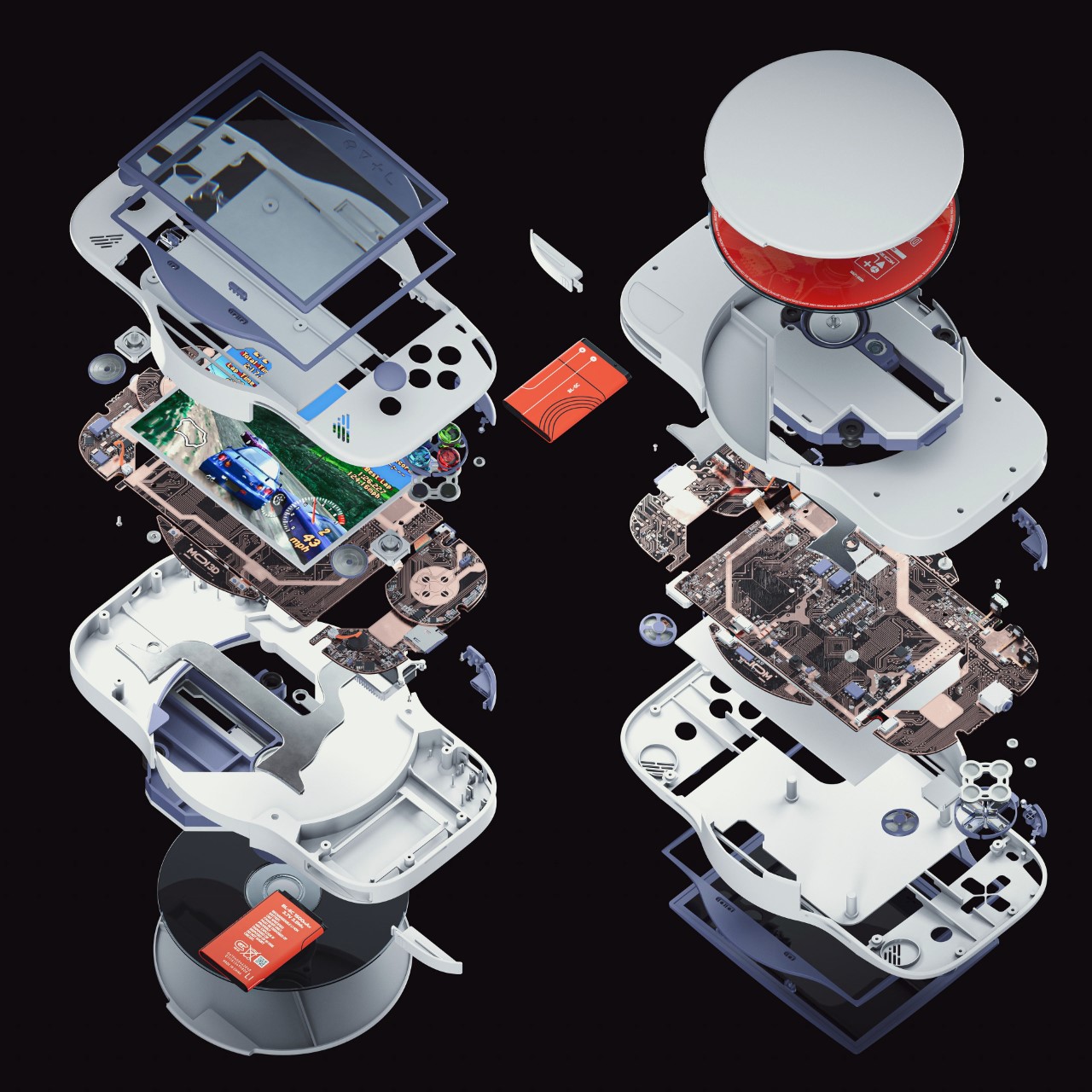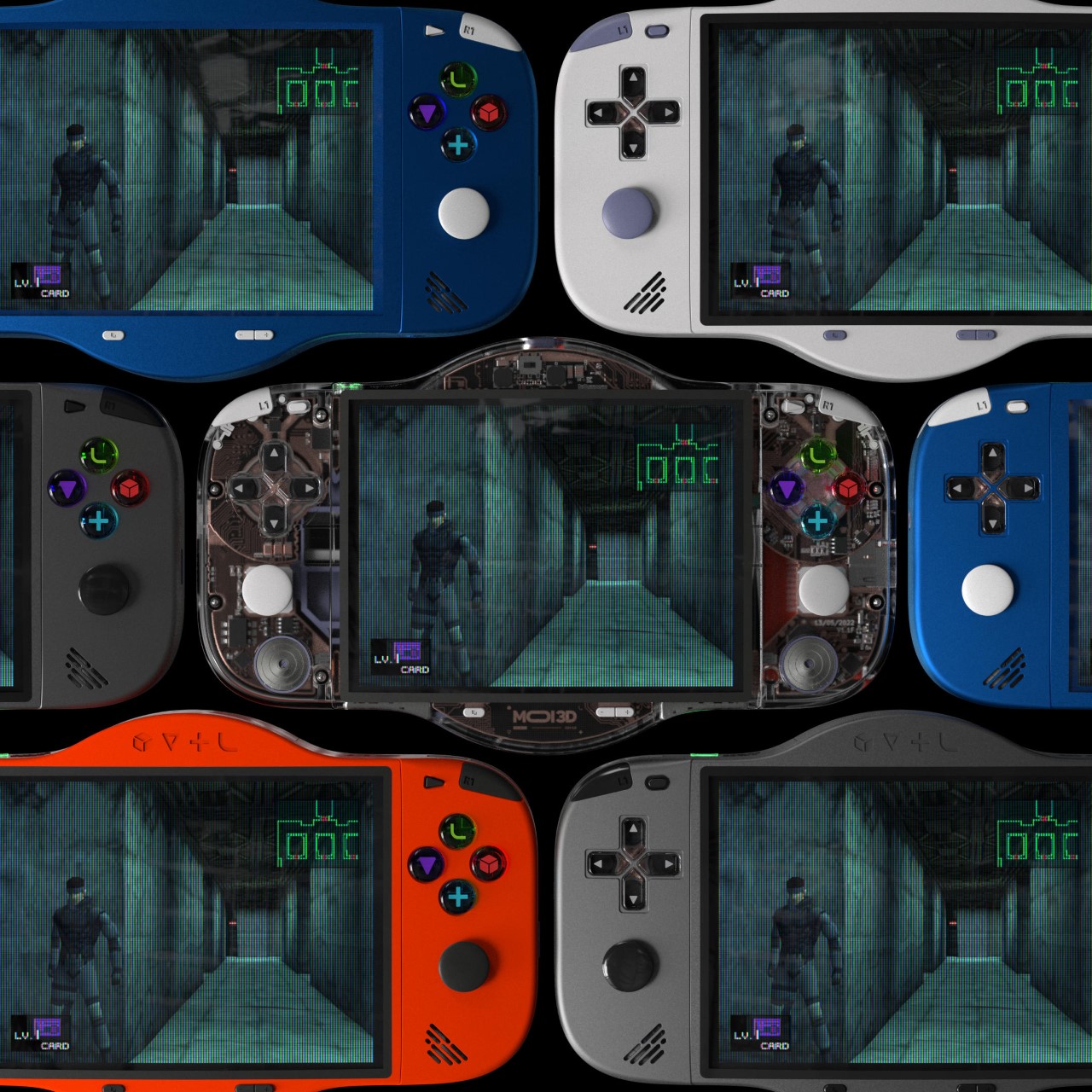I’ve said it before and I’ll say it again – televisions are yesterday’s news. Projectors have been steadily gaining popularity over the years and sure, it’s easier to find an affordable 4K TV than it is to find a 4K projector… but weigh out the pros and cons. It’s easier to travel with a projector (especially given how many portable ones there are on the market), projectors can cast displays as massive as 200 inches, reflective screens are easier on the eyes than staring at OLED displays, and finally, once a projector is switched off, it doesn’t occupy any visual space on your wall the way the TV does with that unavoidable, absurdly large black rectangle. Projectors are the next big thing, and the folks at ViewSonic seem to be echoing pretty much the same sentiment with their latest projector, the M10 – an ultra-compact RGB Projector that you can travel with from room to room (or even to a friend’s place to watch movies, matches, or the upcoming streaming debut of the Eras Tour film), plugging and playing media of your choice. Despite its compact size, the M10 has a few impressive features, like instant auto-focus, wireless as well as USB-C streaming from any device, digital zooming, angle adjustment including ceiling-facing projection, and the cherry on this rather compact cake, a 7W speaker from Harman Kardon.
Designer: ViewSonic
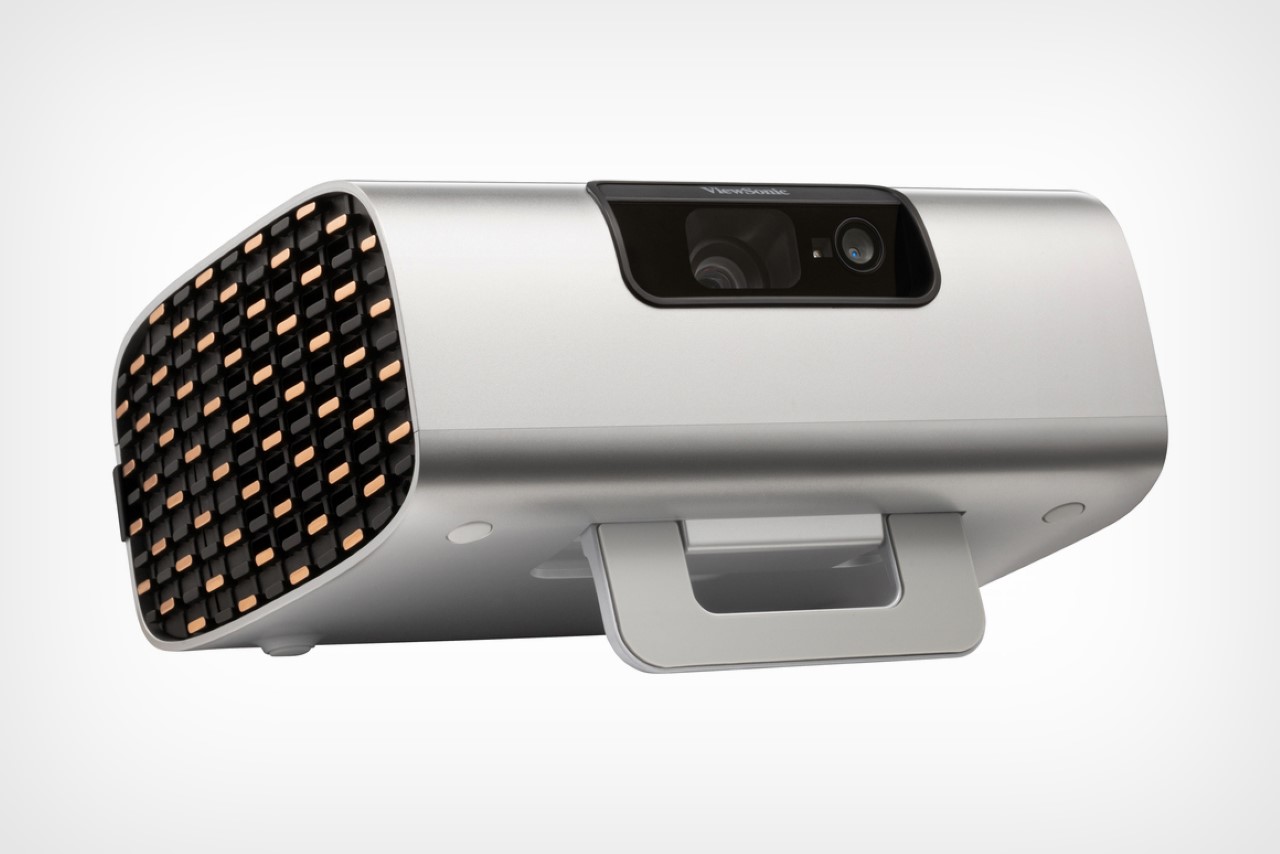
The M10 doesn’t look like your average projector, partly because projection technology has seen so much innovation in the past couple of years. You’d expect a compact, portable projector to be a more vertical-standing unit (sort of like the XGIMI MoGo 2 Pro for example), but the M10 takes on a more horizontal approach, resembling more of a boombox with a lens on the front. This unique visual format is the result of the M10’s Harman Kardon audio unit on the inside, along with ample venting that allows air to pass through the sides, so you don’t hear any direct noise if you’re sitting in front of or behind the projector. As far as the projector itself goes, it’s a compact little beast, measuring just 7.9 x 6.5 x 3.6 inches in size and weighing a paltry 3 pounds. A stepless stand at the base lets you angle-adjust your projector to face it anywhere (even the ceiling), and the M10 boasts connectivity through both wired and wireless means, letting you watch content off the internet, through a smartphone/tablet, or even streamed directly from a gaming console.
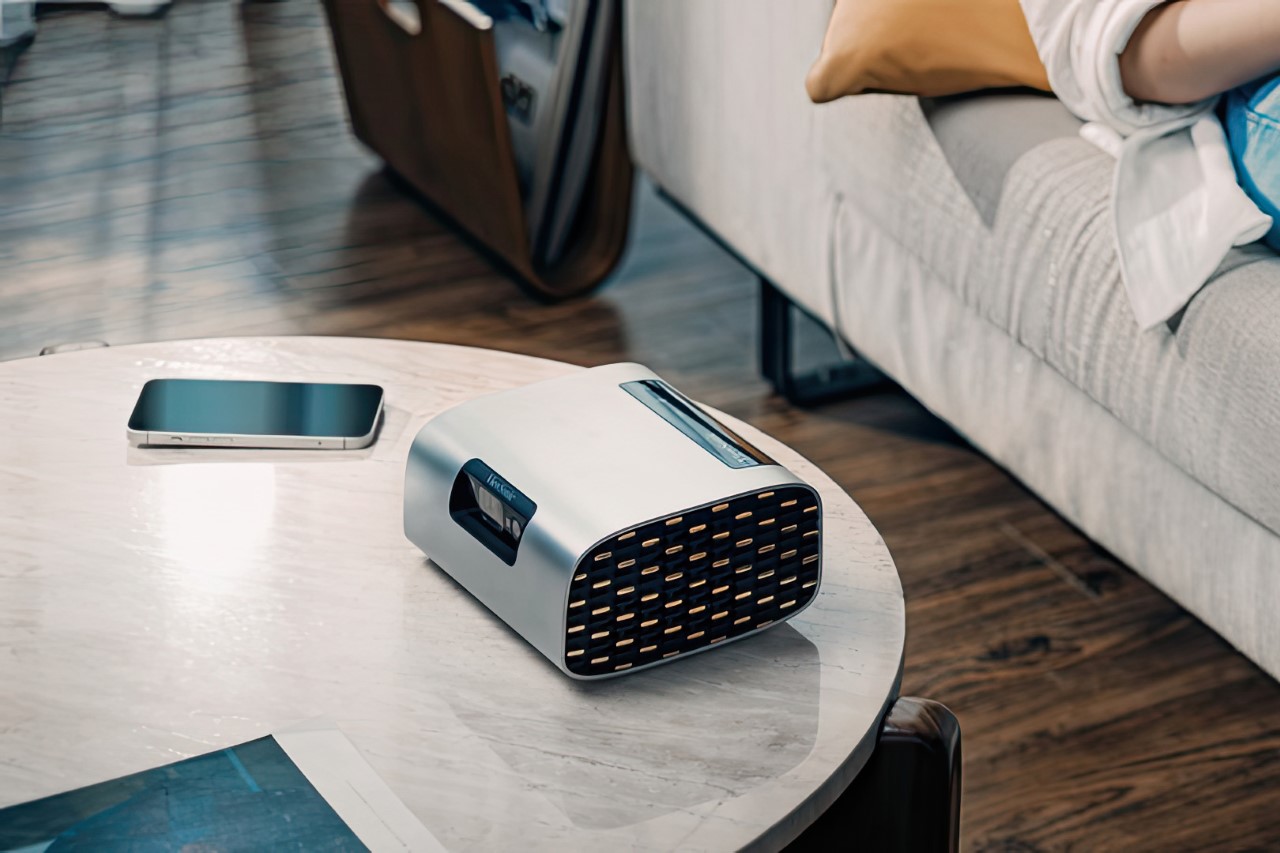
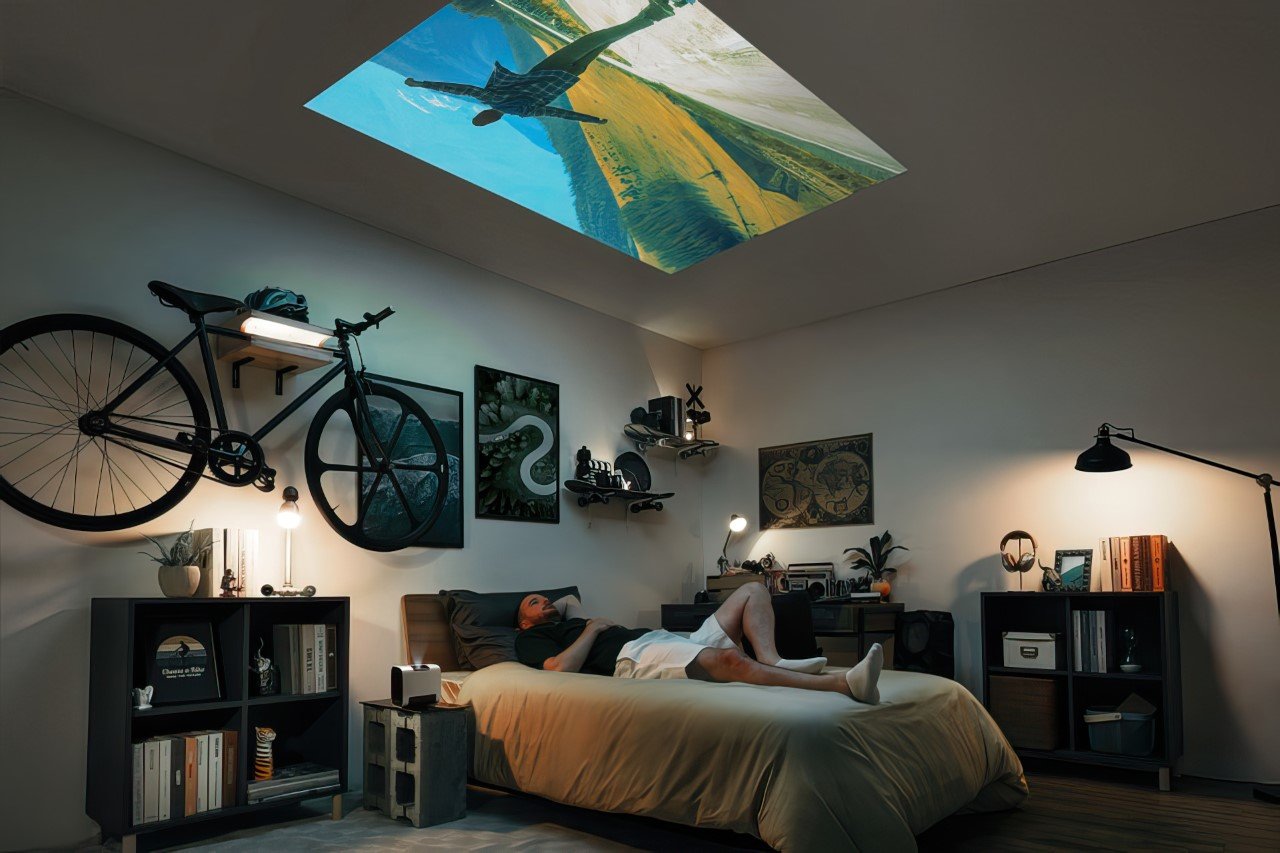
Watch movies in bed directly on your ceiling
The ViewSonic M10 projector, while packed with advanced visual and audio features, does not come with a built-in smart TV platform, which means it lacks an operating system for directly installing popular streaming apps like Netflix or Hulu. However, this doesn’t limit your entertainment options. The M10 compensates for this with its extensive connectivity options, including HDMI 2.0, USB Type-C, and 5G Wi-Fi, which provide ample opportunity to connect to a variety of external devices. This flexibility allows users to easily connect streaming devices such as Apple TV, Roku, Amazon Fire Stick, or even a laptop or smartphone, to access their favorite streaming services. Furthermore, the M10’s Wi-Fi connectivity facilitates seamless content casting from smart devices, enabling users to wirelessly stream content directly to the projector. This approach to connectivity not only maintains the M10’s compact and portable design but also ensures that it remains adaptable and user-friendly for a wide range of multimedia applications, from binge-watching the latest series to presenting professional slideshows.


At the heart of the M10 lies its triple laser light source, a revolutionary step away from conventional single-laser projectors. This approach, encompassing individual red, green, and blue lasers, allows the M10 to cover an impressive 100% of the BT.2020 color gamut. This not only surpasses cinema-grade standards set by DCI-P3 but also ensures more vibrant and lifelike colors for a truly cinematic experience at home. Its native 1080p resolution, coupled with a high brightness of 2,200 lumens, ensures clear and vivid visuals even in well-lit rooms. Moreover, the projector boasts a contrast ratio of 3000000:1 (yes you read that right), enhancing depth and clarity in every scene, and supporting a color display of 1.07 billion colors for an immersive viewing experience.
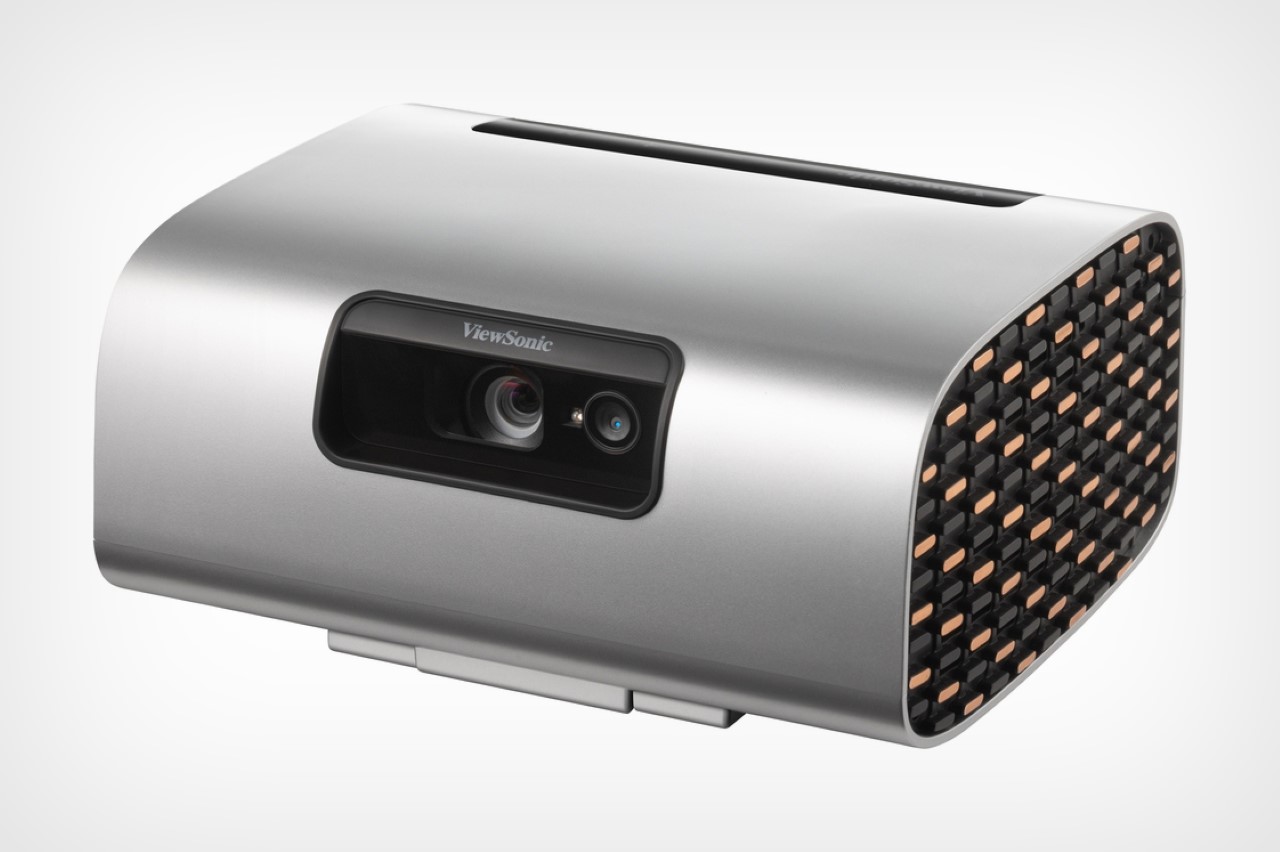
With a throw ratio of 1.2 and a projection offset of 100% +/- 5%, the projector can display images ranging from 40″ to a massive 180″, adaptable to various room sizes and setups. Its digital zoom capability (ranging from 0.8x to 1.0x) lets you adjust your screen size without having to physically move the projector. The M10 is also equipped with time-of-flight (ToF) and keystone-correction sensors that enable instant auto-focus, so you spend less time adjusting your image and more time enjoying content.


Connectivity options on the M10 are abundant. It includes HDMI 2.0 with HDCP 2.2 support, USB Type C, USB Type A (USB2.0 Reader), and 5G Wi-Fi, providing seamless connections to a variety of devices. The projector also supports resolutions from VGA (640 x 480) to 4K UHD (3840 x 2160), ensuring compatibility with a wide range of media sources. Meanwhile, each M10 comes with a remote control, while also letting you operate the projector with your smartphone using the vCastSender app.
On the audio front, the integrated 7-Watt Harman Kardon Cube speaker delivers a crisp, well-balanced sound, creating an all-encompassing audiovisual experience. Additionally, it supports Bluetooth 4.2 connectivity, allowing for wireless headphone pairing or use as a standalone Bluetooth speaker.
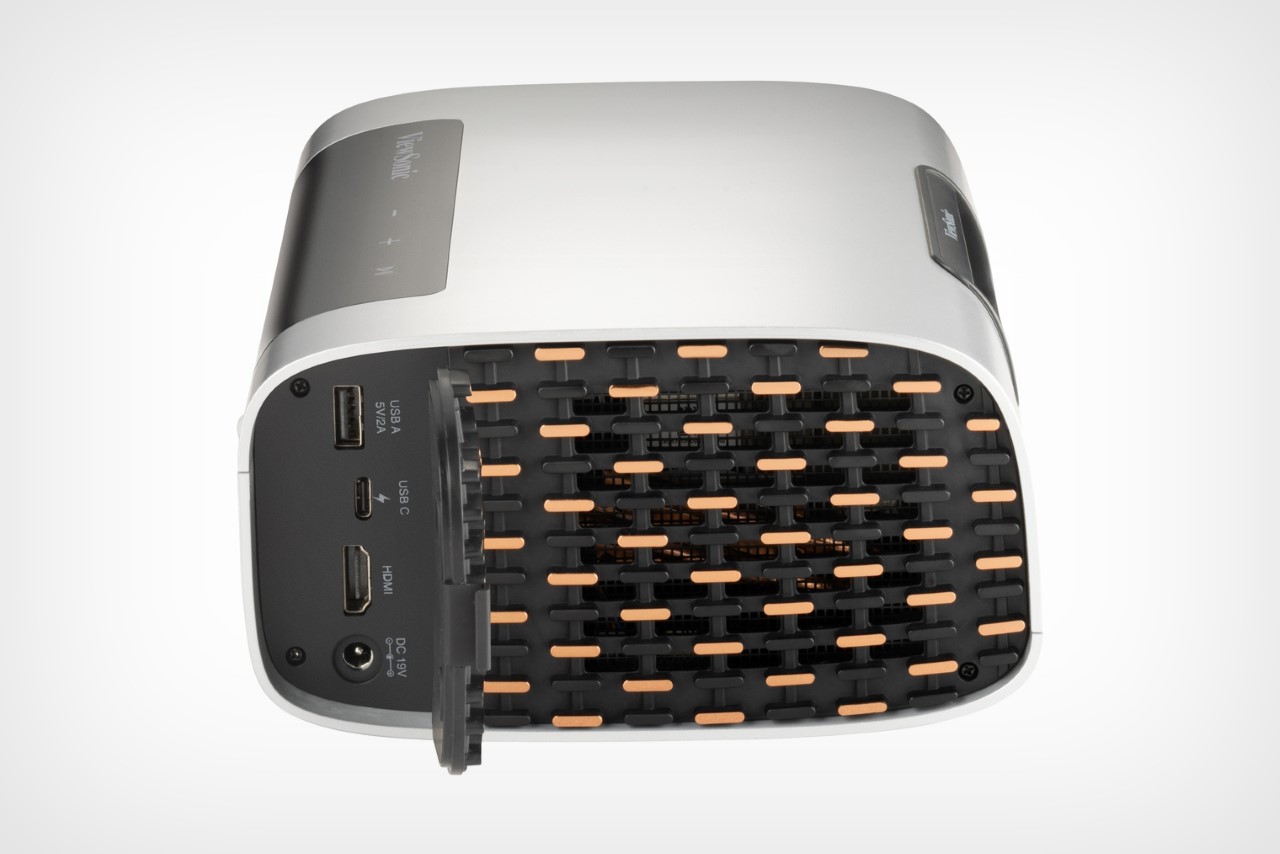
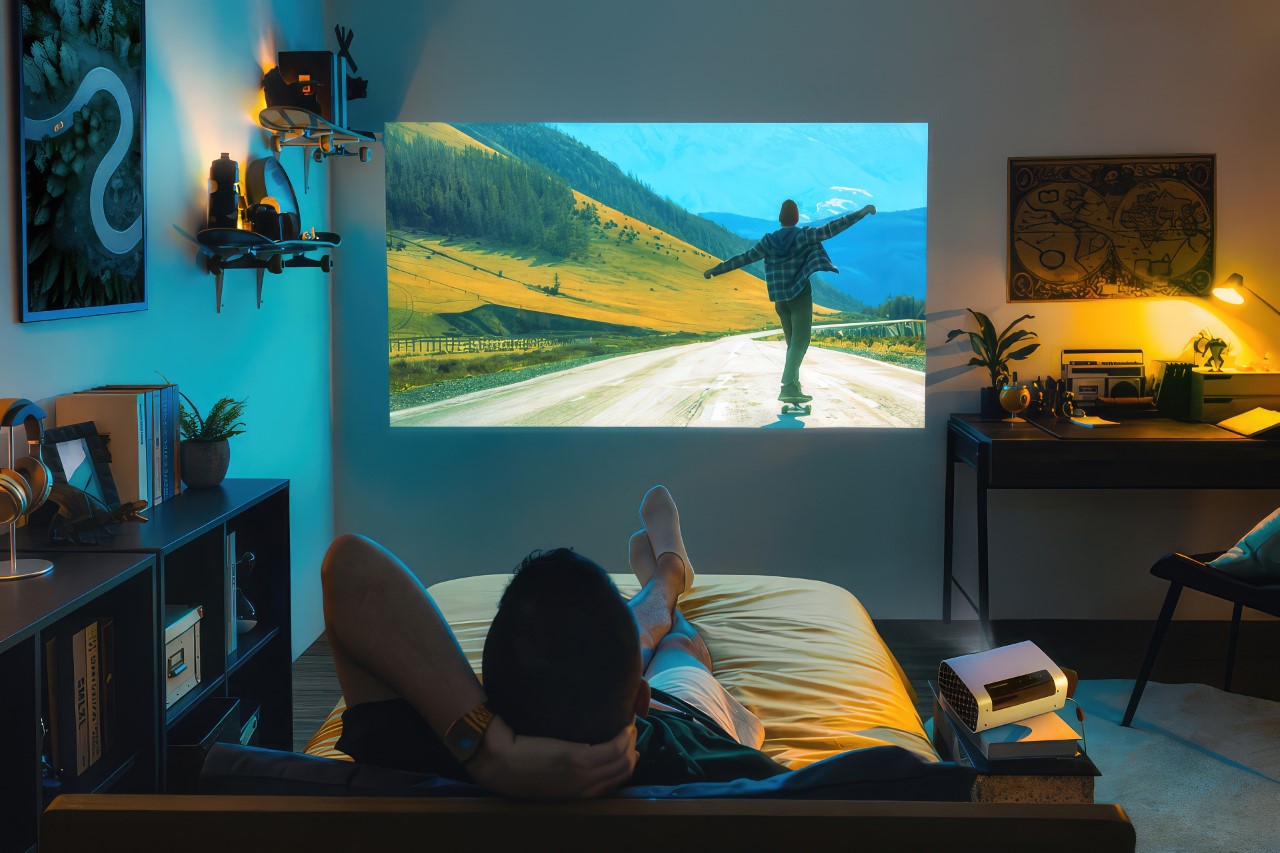
While the M10 lacks a built-in battery, necessitating proximity to a power source, this slight limitation is overshadowed by its impressive array of features and performance capabilities. As of now, ViewSonic has not disclosed pricing or availability details for the M10 projector. However, the current details suggest that it is shaping up to be a compelling choice for those seeking a high-performance, versatile projection solution in a compact, user-friendly package.
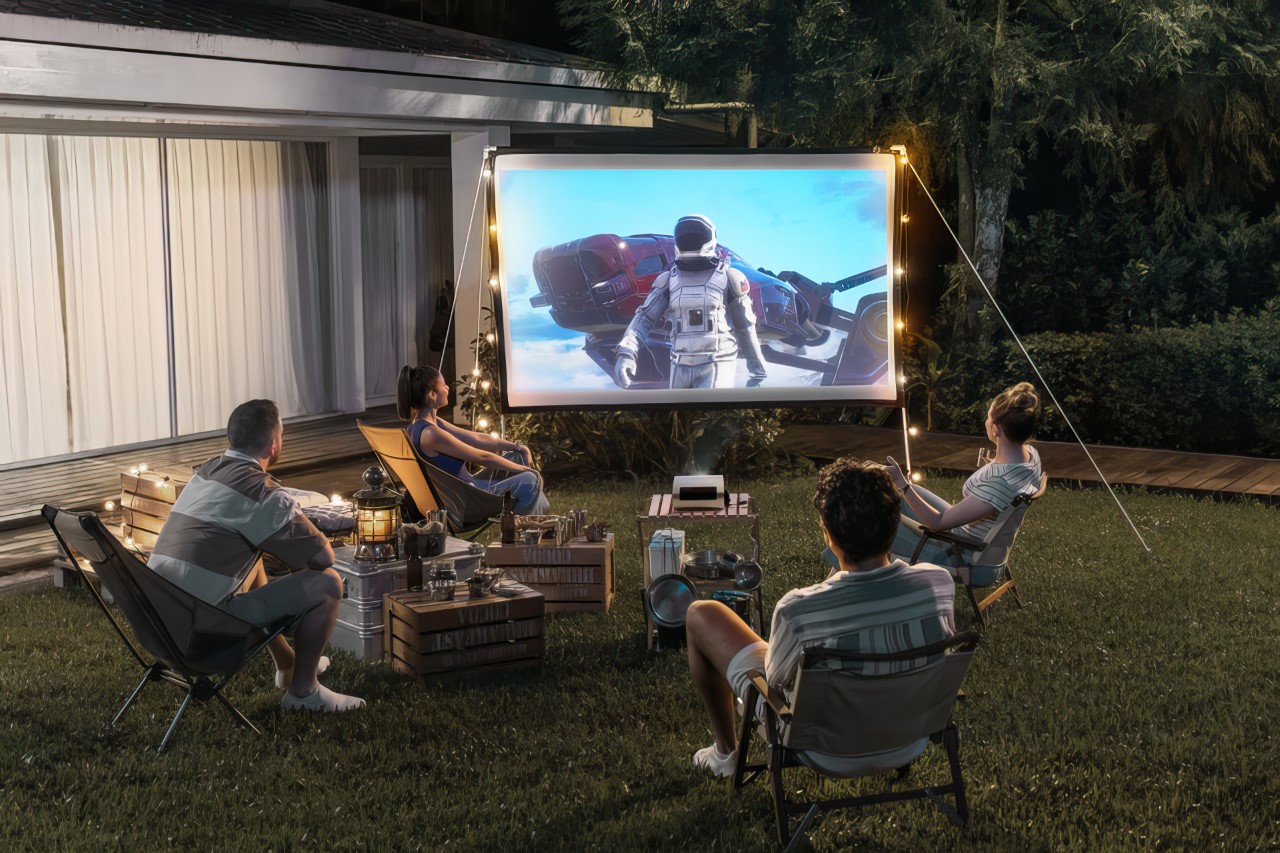
The post ViewSonic’s latest RGB projector comes in a portable design and delivers Harman Kardon audio first appeared on Yanko Design.
